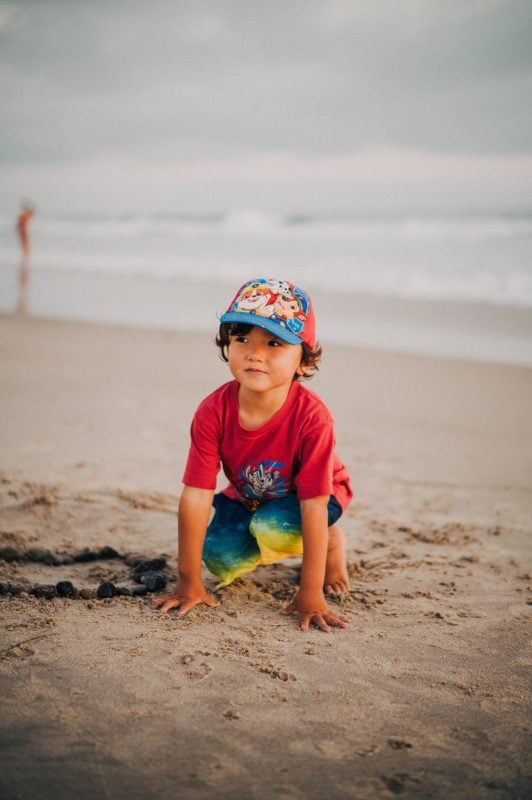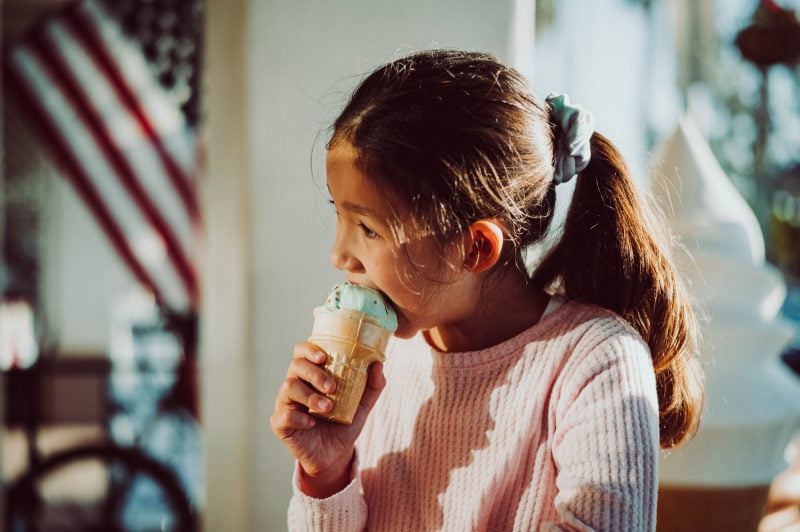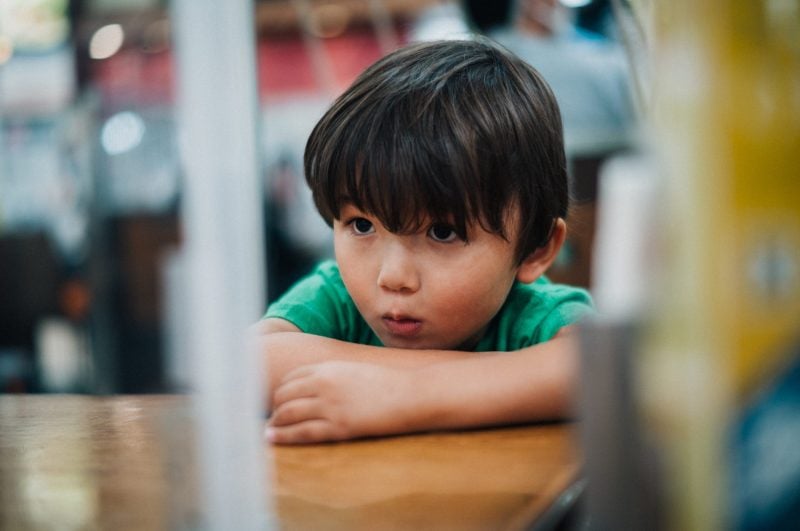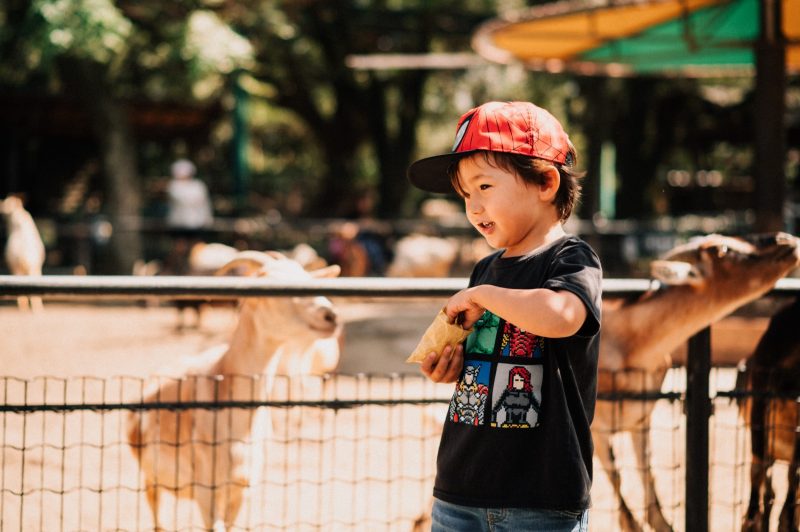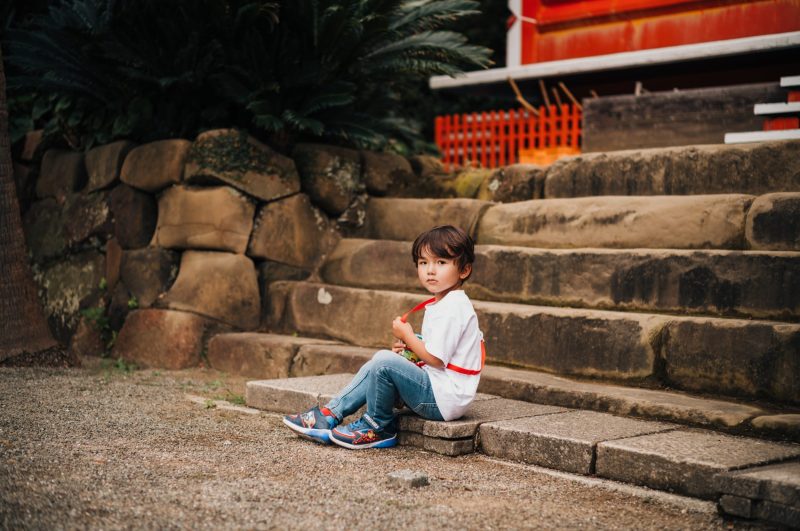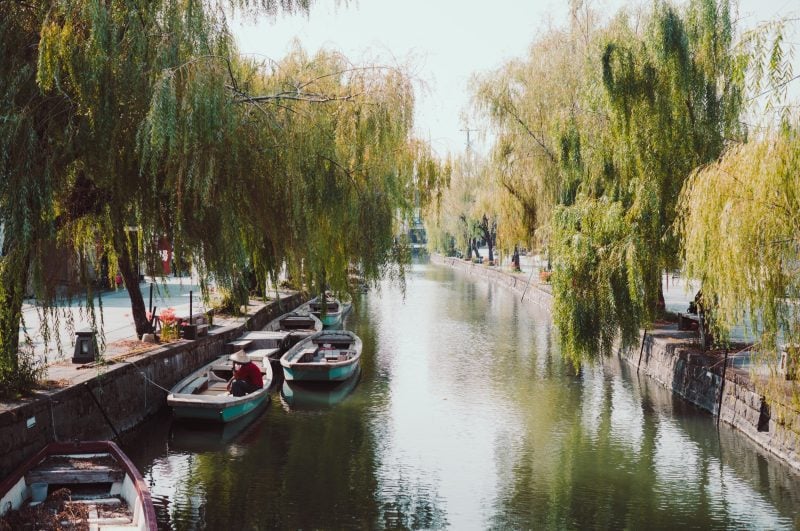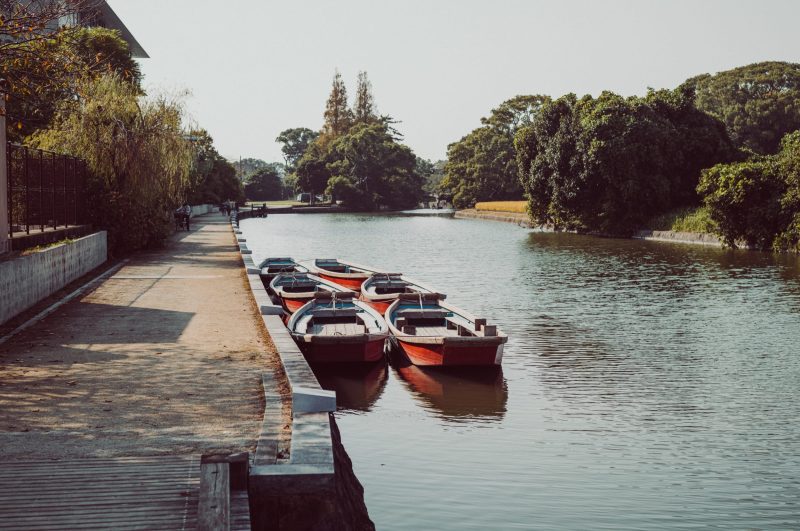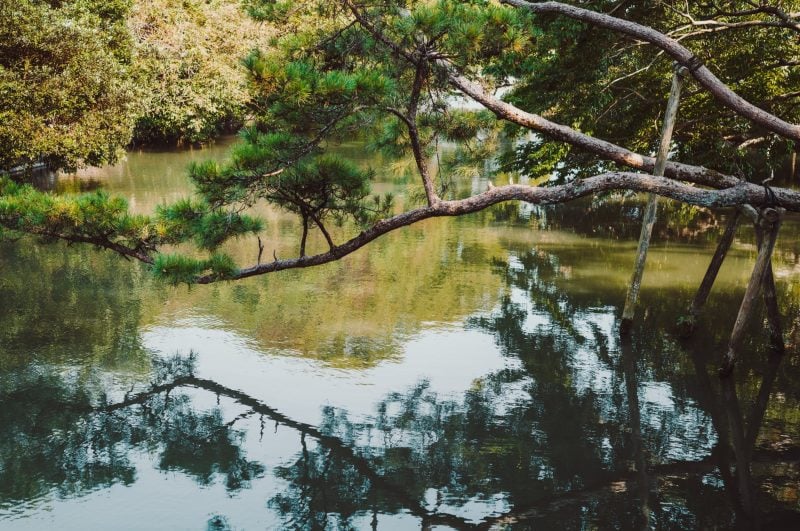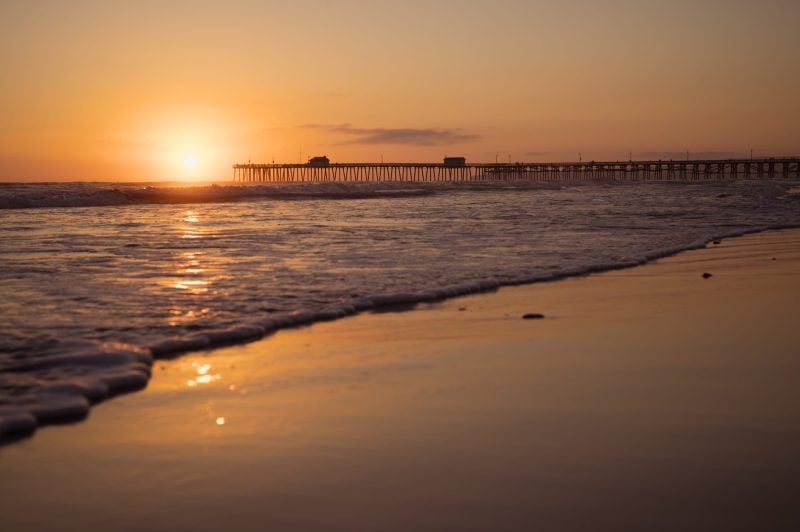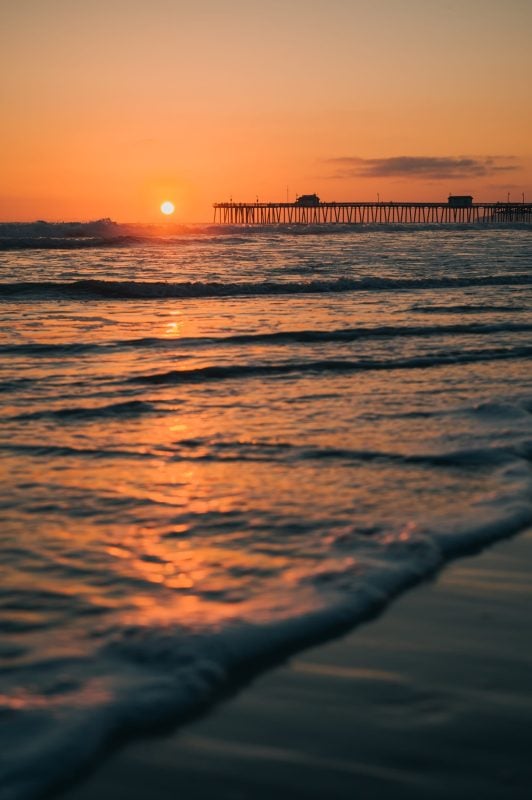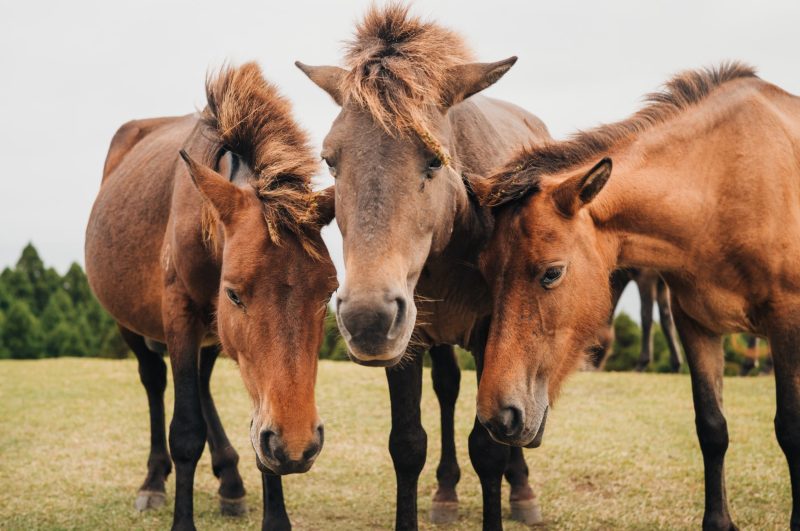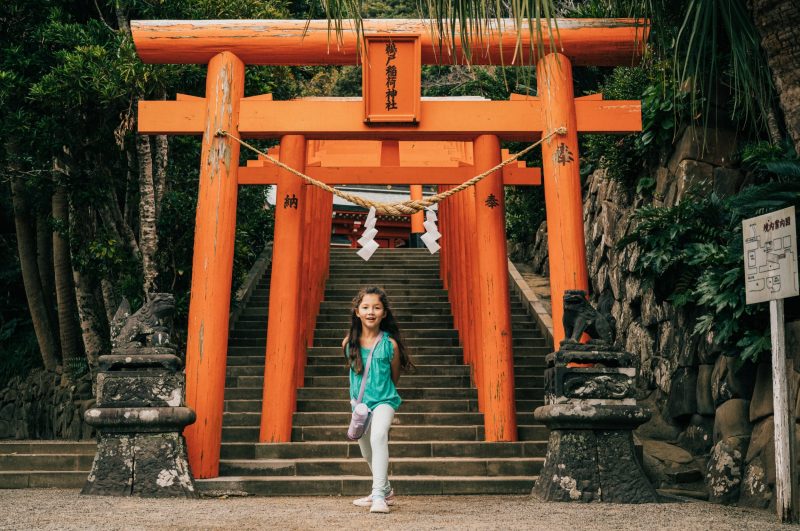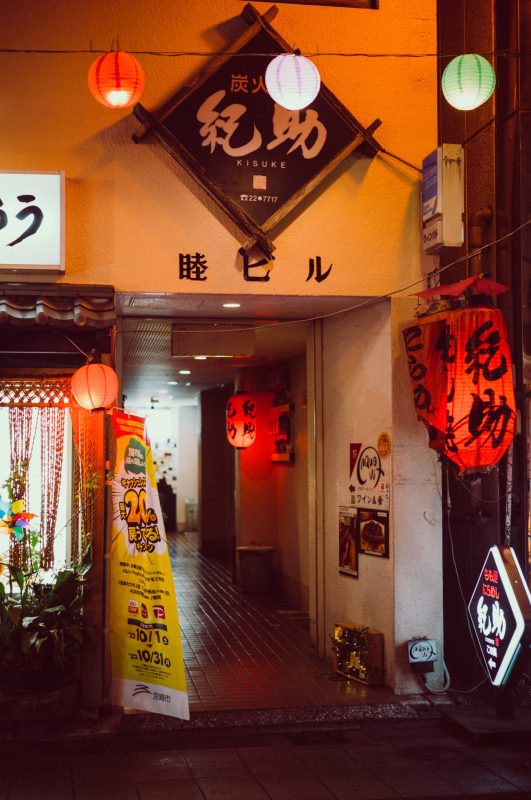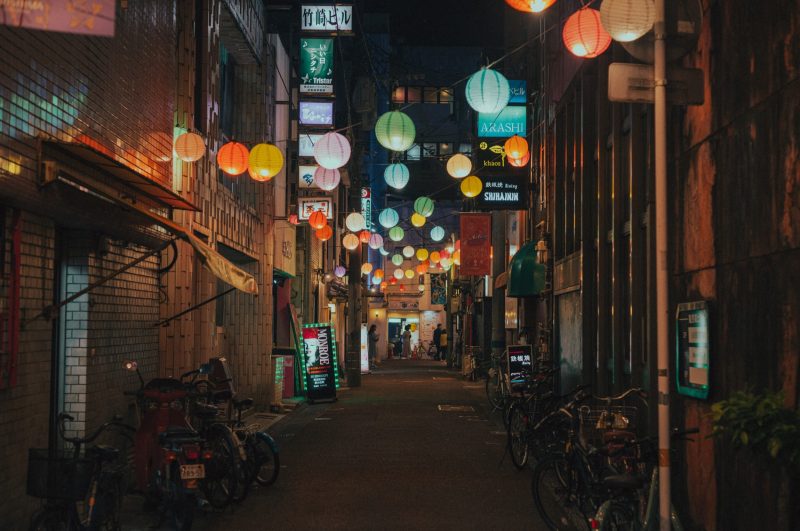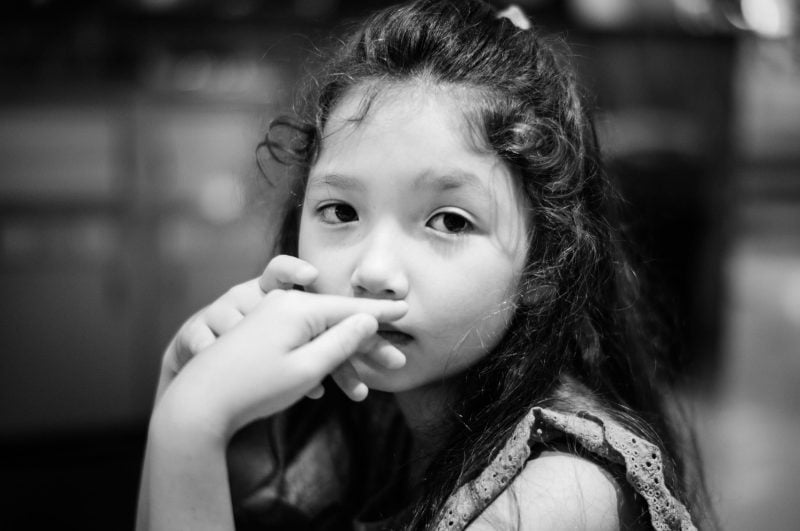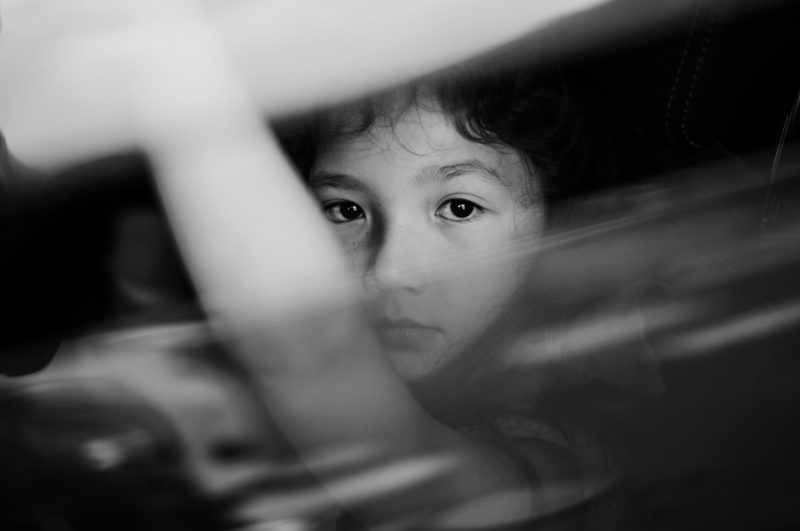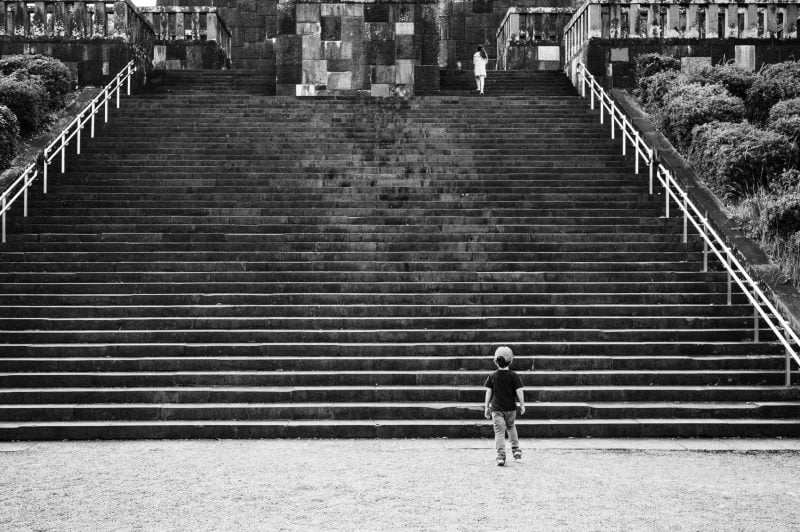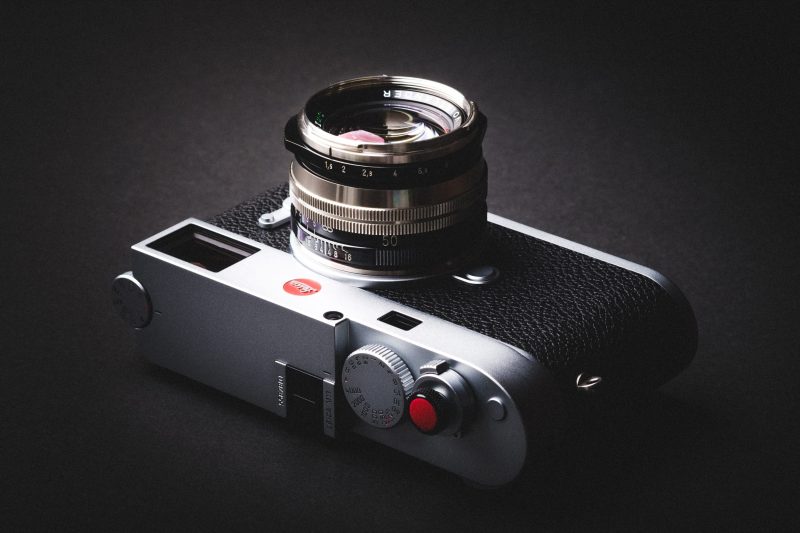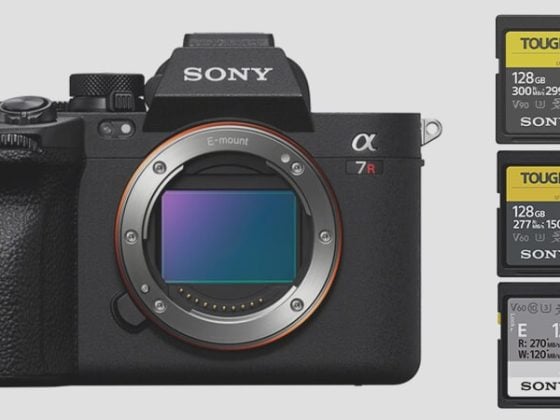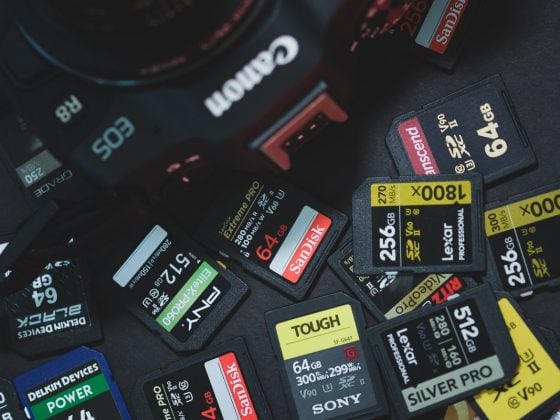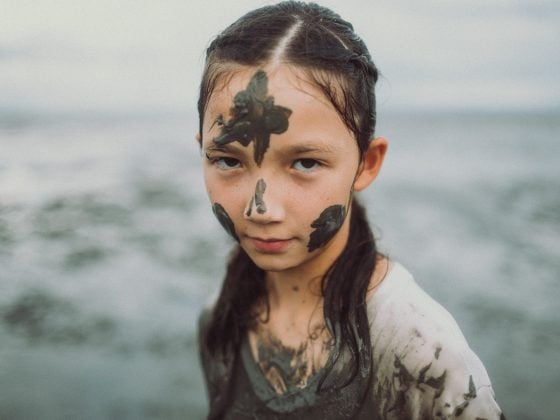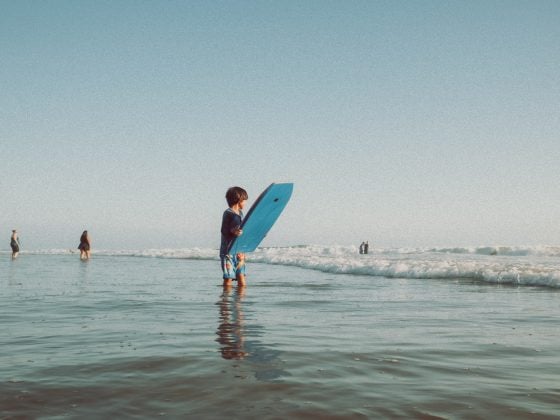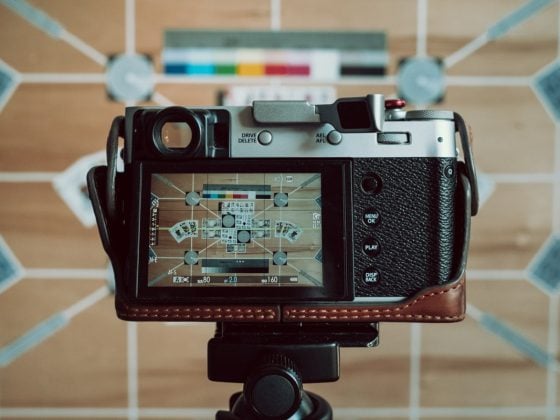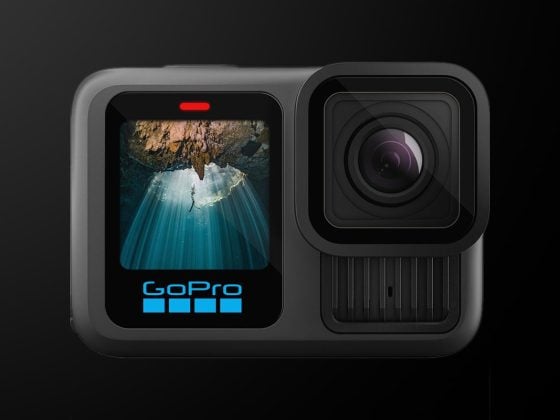The Voigtlander Nokton 50mm f1.5 Aspherical II MC lens is a normal-length prime M-mount lens that combines a stylish appearance with great performance. Its fast maximum aperture of f1.5 allows for working in low-light conditions and provides greater control over the depth of field. The lens is designed with one double-sided aspherical element, which minimizes aberrations and enhances sharpness and clarity. It also can be ordered with a multi-coating that suppresses lens flare and ghosting, resulting in improved contrast and color accuracy in strong lighting situations, or ordered in a single coating for a more classic glow and flare.
Lens Specs
| Focal Length: 50mm Aperture Blade: 12 Aperture: f1.5 – f16 Elements: 8/7 Coatings: SC or MC Aspherical: One Dual Sided Aspherical Weather-Sealed: No Minimum Focus Distance: 2.3′ / 70 cm Filter Threads: 43mm Weight: 7 oz / 198 g (Black) – 9 oz / 255 g (Nickel) |
Voigtlander 50mm f1.5 II Nokton: Amazon / B&H
Pros – Good image quality overall, consistent sharpness from edge to edge, nice colors with a dreamier rendering and bloomier highlights, good sun stars, great CA control.
Cons – A pretty noticeable focus shift from f1.5 to f2.8, some pincushion distortion, swirly streaky bokeh, some issues with CA, some issues with flaring, and build quality concerns.
Notes: It’s a very nice lens with nice corner-to-corner sharpness and almost a dreamier vibe because of the bloomier highlights. It’s a little soft at f1.5 and even f2 compared to some other lenses, but the aspherical element produces consistent sharpness across the frame.
Voigtlander 50mm f1.5 II | First Impressions
After a year of use, I’m finally putting my thoughts to paper regarding the multicoated Nickel version of the Voigtlander 50mm f1.5 II Nokton of the Vintage Line – a lens that’s cool, but not quite remarkable, at least for full frame.
The Nickel build is slightly heavy, and the lens can be a little soft when wide open. Additionally, there were issues with the aperture ring slipping off track and eventually jamming, which necessitated sending it in for repair.
The warranty situation was a little difficult. Despite purchasing the lens from B&H Photo, because of some technical issue (maybe because I was in Japan), they told me they could not repair it or take it in for warranty and advised contacting Voigtlander. Although the American Voigtlander representative was helpful and believed that the Japanese Cosina branch would easily fix it, they still had to charge for repairs since I didn’t have a warranty card; I don’t think American Voigtlander lenses come with warranty cards. Mine was missing. Maybe I lost it, I don’t remember.
So it was a little aggravating to have spent $120 on repairs for a lens that should have been covered by warranty. Anyway, it didn’t matter too much. I am in Japan, and the shipping costs would have likely been similar to the expenses of just sending it to Cosina locally, so that’s what I did, and I can’t complain too much. Also, Cosina cleared out some dust inside the lens, and I noticed a slight decentric issue was corrected. Everyone was very friendly and professional, and my lens came back in great shape, so it was worth the $120 for a lens that now has no dust and is optically better than it was.
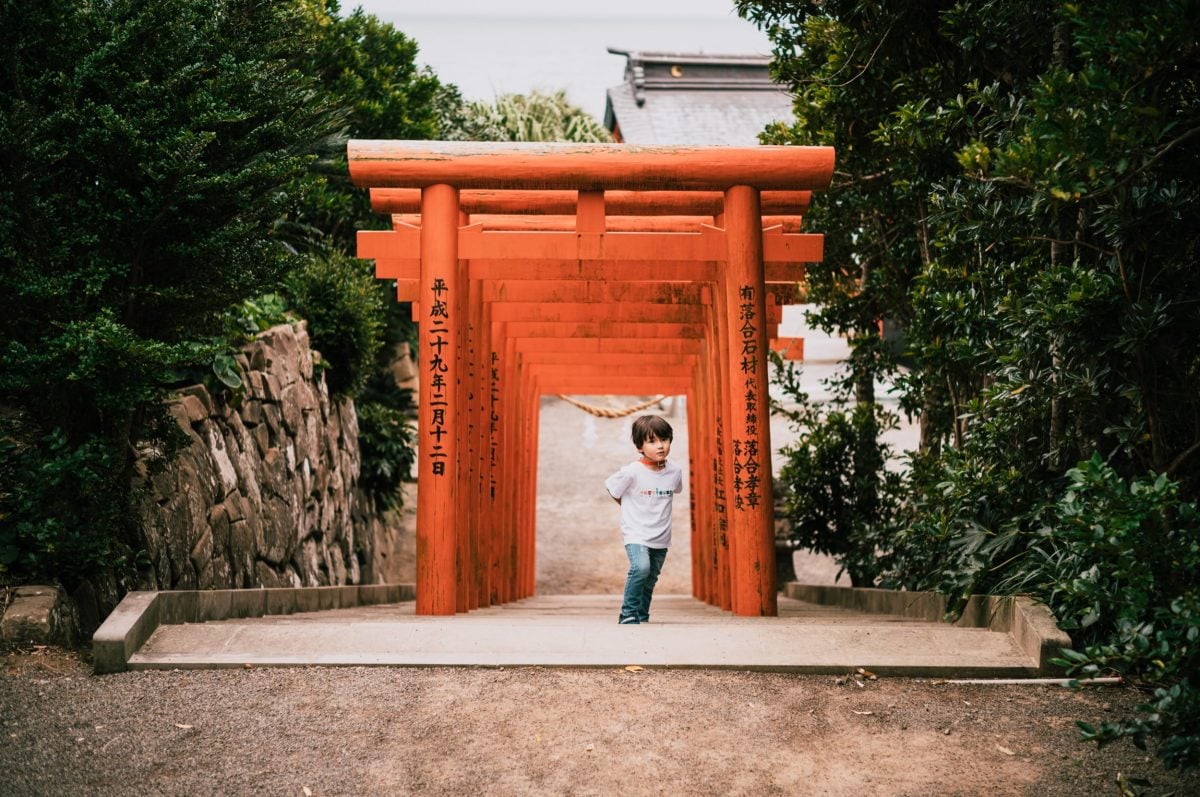
Even though I had to go through all this headache, I do believe that purchasing this Voigtlander lens was still worthwhile, primarily due to its affordability compared to Leica lenses. In my experience, Voigtlander lenses may be more prone to malfunctions or poor optics, as well as attracting dust, than maybe a Leica lens or a Sony or Nikon lens, but I have found that all Cosina lenses I’ve used have always had great range finder calibration, surpassing any other third-party brand, besides Zeiss.
Overall, Voigtlander or Zeiss lenses remain one of the best options for third-party lenses compatible with the Leica system. But it’s important to remember that you get what you pay for in terms of build quality when comparing Voigtlander and Zeiss to Leica.
The Rendering
This is a portrait dream machine, or you could also consider it a low-light lens, which is likely why they call it a Nokton.

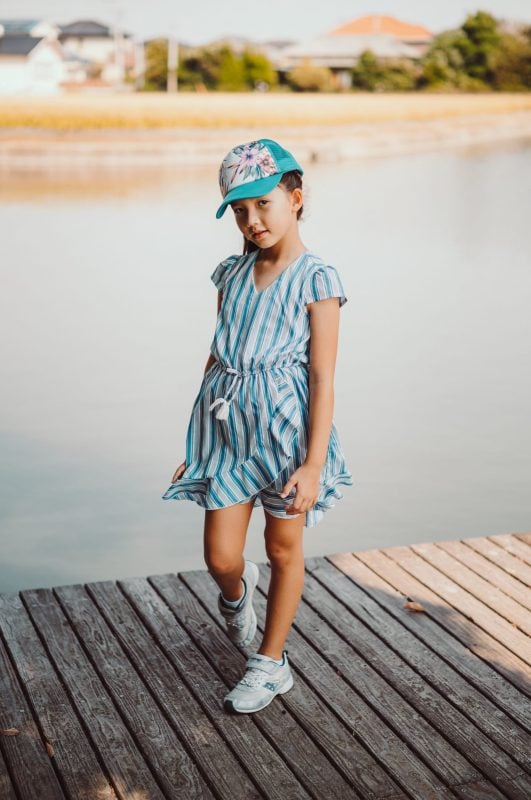
I initially intended to purchase the lens as a general-purpose lens, but I found that its true strength lies in shooting wide-open portraits. The lens delivers a lovely bokeh and soft rendering with great contrast, even though it isn’t particularly sharp at f1.5. Nonetheless, this doesn’t bother me much, as I appreciate the lens’s unique and dreamy vibe, which is its signature feature. Even when stopped down, the lens still produces a distinctive and dreamy feel, akin to maybe what some people refer to as the “Leica glow.”
Now, I’m aware that some people may claim that this lens can be just as good as the Zeiss Planar or similar slower lenses if you stop it down to f2, so they recommend just buying this lens instead. However, the overall look of the lens is entirely different. For everyday shooting, I prefer lower-element 50mm lenses that provide high micro-contrast, which the Voigtlander 50mm f1.5 II doesn’t quite offer. Lenses like the Zeiss Planar 50mm f2 or the Kipon 50mm f2.4 deliver a more impactful and punchy result when stopped down for street photography.
Nevertheless, the Voigtlander 50mm f1.5 II always produces more pleasant and less jittery bokeh with cleaner edge-to-edge sharpness when compared to the Kipon and Zeiss.
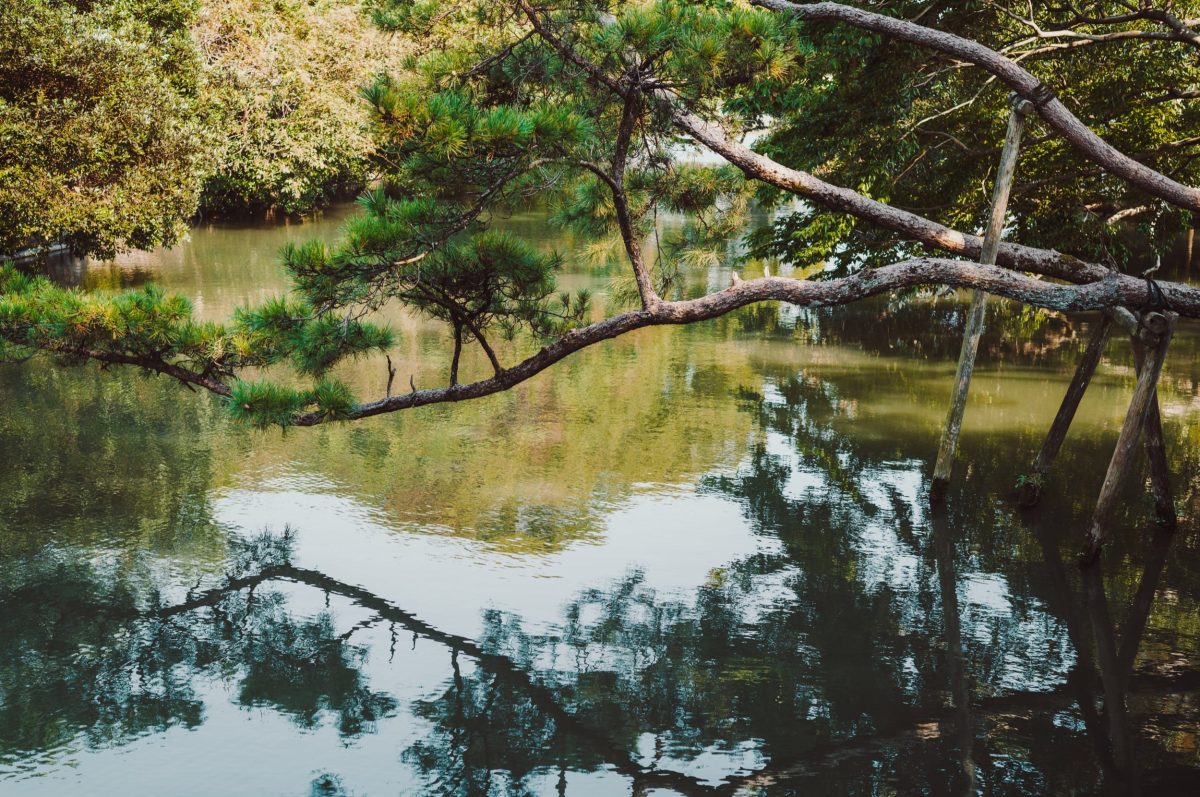
I find this lens to be somewhat of a novelty, and I’m unsure of its ideal use case.
If your focus is primarily on portrait photography, I would recommend the Voigtlander 75mm f1.5 if you can manage the longer focal length. It’s a larger, sharper lens that’s better suited for the task. And if you’re searching for a general daytime lens, I believe there are better options available, like the Zeiss Planar 50mm f2 or Kipon 50mm f2.4. While the Voigtlander is excellent for low-light situations, it’s not particularly sharp and wide open, and there is a noticeable focus shift when going from f1.5 to f2.8. So, if you’re using a film camera and shooting at f2.8 or f4, you’ll frequently experience back-focusing.
That’s not to say I don’t like this lens. I’m still drawn to this lens because of its unique rendering, which produces a soft glow reminiscent of a vintage, classic feel while still maintaining sharpness across the frame and excellent flare control with the multicoating. So, in this regard, it does stay true to the Vintage Line but with very welcomed modern upgrades like a double-sided aspherical element and modern coatings. Probably a worthwhile improvement over the more expensive Zeiss 50mm f1.5 Sonnar. Maybe I’ll buy the Sonnar one day, but I don’t typically like tiny ultra-fast lenses that don’t have aspherical designs since the render gets a little too messy, but I love nonspherical slower big lenses, like the Planar and Iberit.
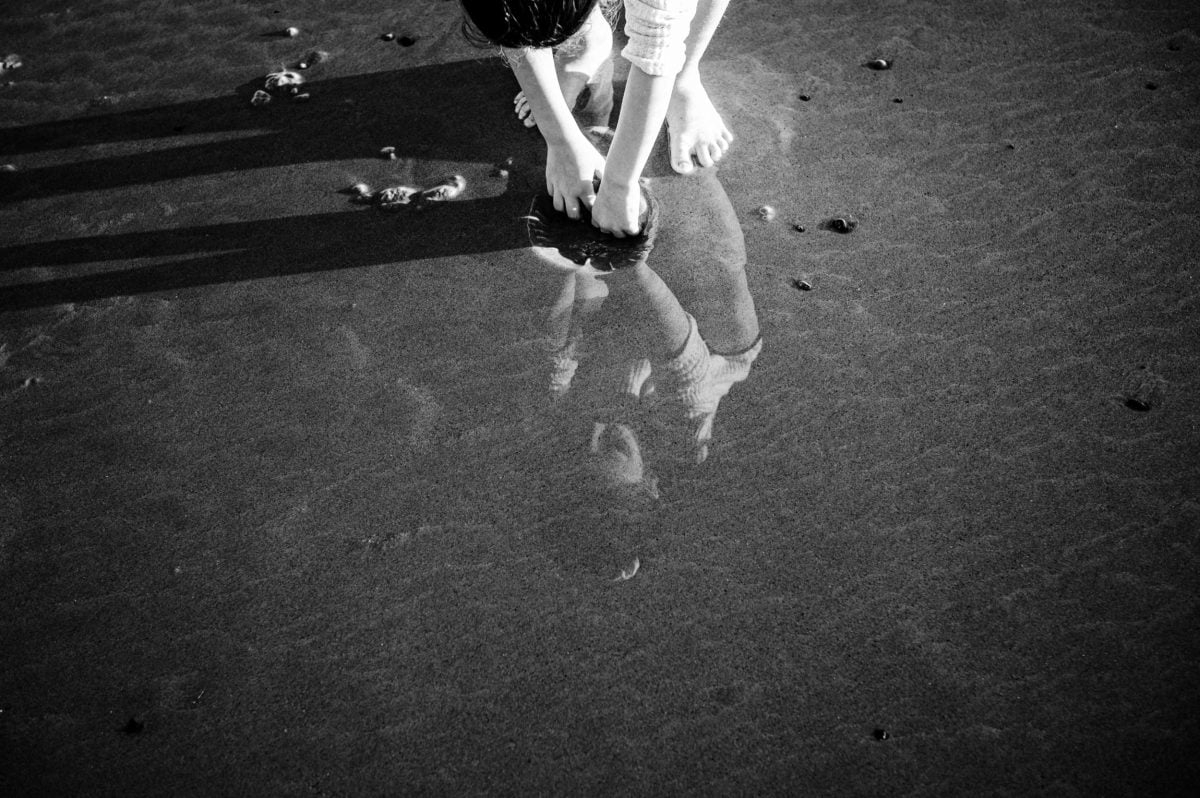
So since the Voigtlander 75mm f1.5 is better for portrait photography hands down, and some of the other Zeiss, Kipon, or Voigtlander lenses are better for daytime or street shooting, what’s the purpose of the Voigtlander 50mm f1.5 II?
I will say, if you enjoy collecting 50mm lenses, it’s still a cool and enjoyable lens to shoot with, it has a very unique and special look that I like that’s different from other lenses. However, you need to be aware of its limitations and shoot within those limits. Like many small, fast lenses, it produces the best bokeh at closer distances, and bokeh at further distances can look stretched or smeary, and it generally doesn’t love being shot on super bright days wide open – since you can get a ghosting effect that bleeds into all the details.
Overall, I like this lens as a small, fast option. It’s smaller than the Zeiss Planar f2 and the Kipon, and it produces a unique look that’s worth adding to your kit if you have the budget. It’s especially useful for shooting portraits on a 50mm if you just don’t have room for a 75mm or capturing casual shots of kids in low light, and the 12-bladed aperture provides lovely bokeh at all apertures.
Update: I’ve shot this lens on the Fujifilm X-T3 which is an APS-C camera. Here the lens is totally different beast because you’re only seeing the best part of the bokeh and it functions more as a portrait lens at f1.5, so the concept of the lens makes way more sense to me considering this lens isn’t super sharp at f1.5. I’ll post my opinions on that toward the end of the article.
Build Quality
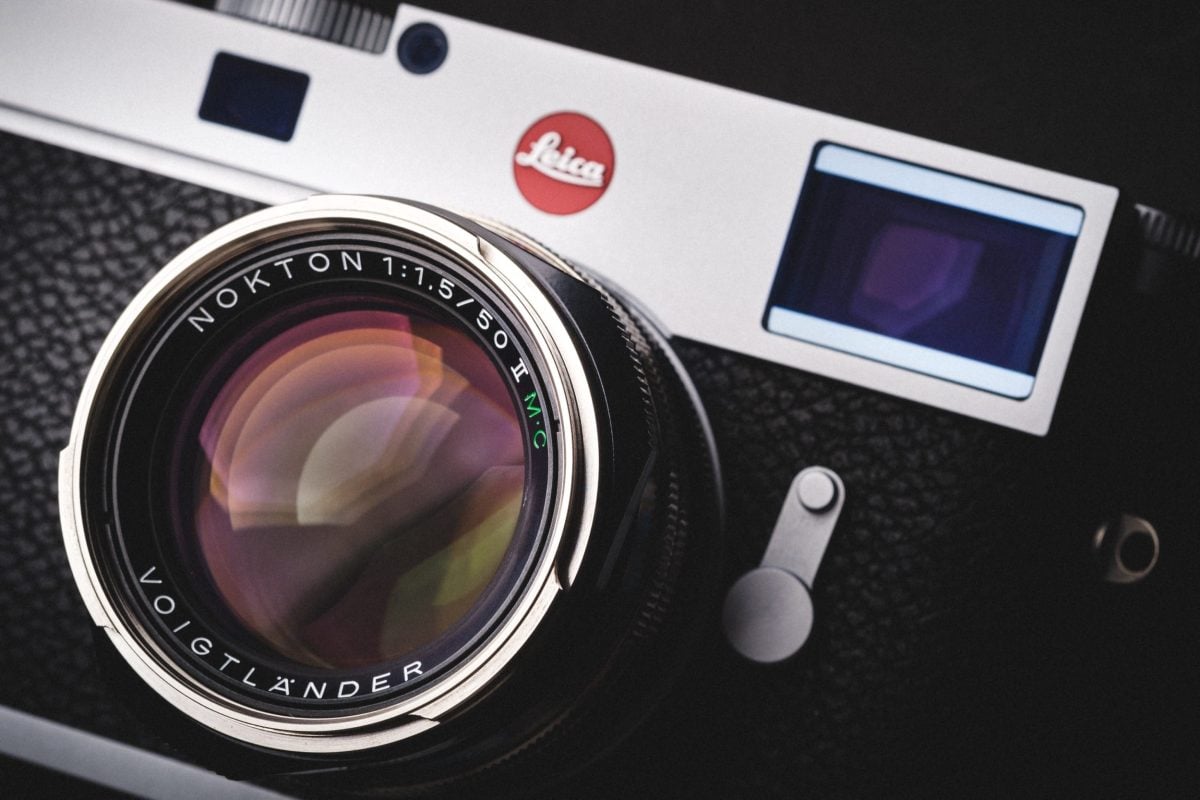
The built of the Voigtlander 50mm f1.5 II Nokton of the Vintage Line is stylish and metallic, available in black, silver, or nickel. However, it’s worth noting that nickel is being discontinued. The Nickle also uses black paint over brass, which will produce a really cool look as the paint wears over the years.
The lens features a 12-bladed aperture and a double-sided aspherical element. The aperture has half-stop clicks.
My aperture ring eventually broke by sliding off its track. Before this, the ring was fairly loose, which is not uncommon for Voigtlander lenses. After the repair, it is much tighter.
After only a few weeks, the lens was covered in dust, which caused some airflow when focusing. You should always be able to send the lens back to Voigtlander for cleaning. They actually cleaned mine internally after repairing it, which was pretty cool, but they will charge you for the service.
When using a rangefinder, the lens experiences a noticeable focus shift from f2 to f2.8, causing back focus.
The lens has a solid build and feels sturdy. Focusing is consistently smooth and comfortable, regardless of the camera’s orientation. Unlike some Zeiss M lenses, which can become stiff when shooting from different angles or in portrait orientation, this lens exhibits no such signs of stiffness.
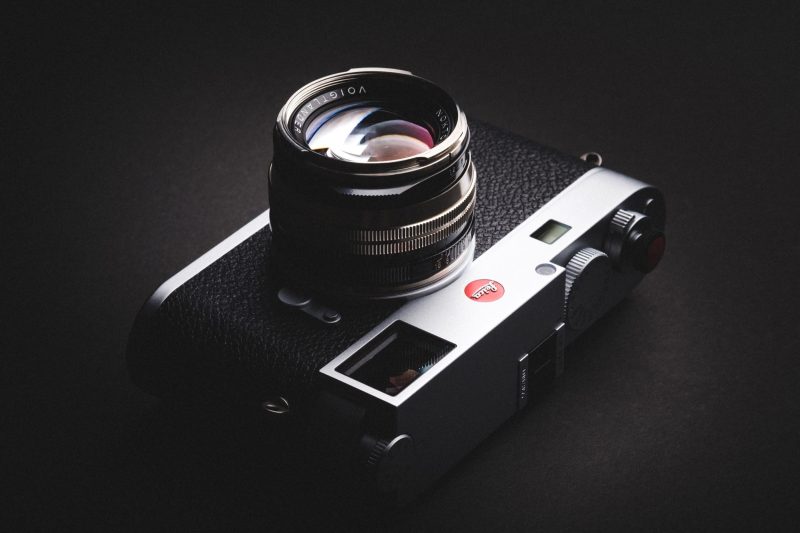
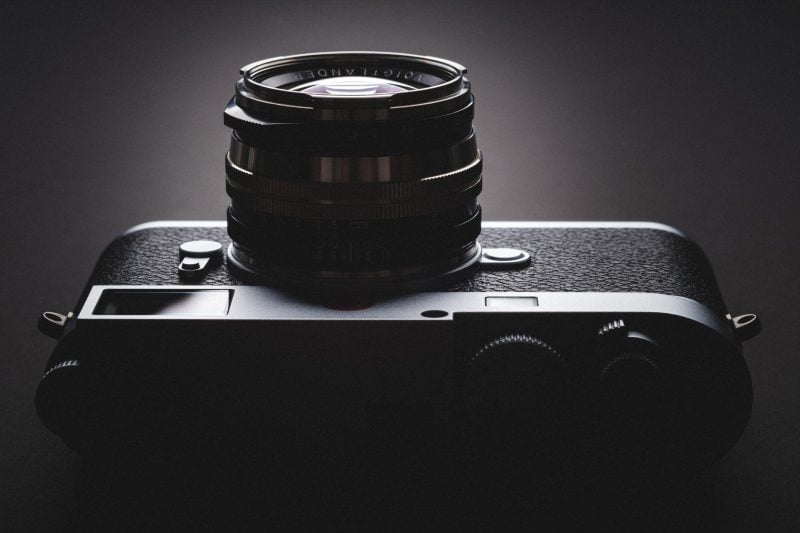
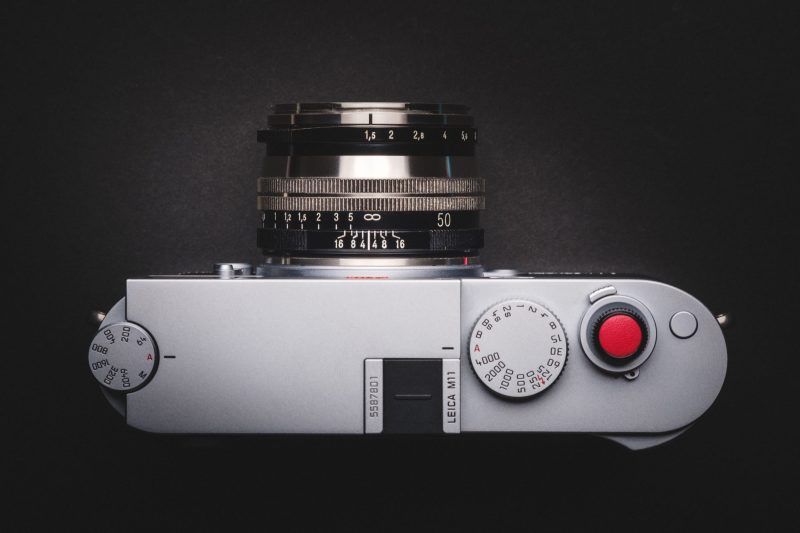
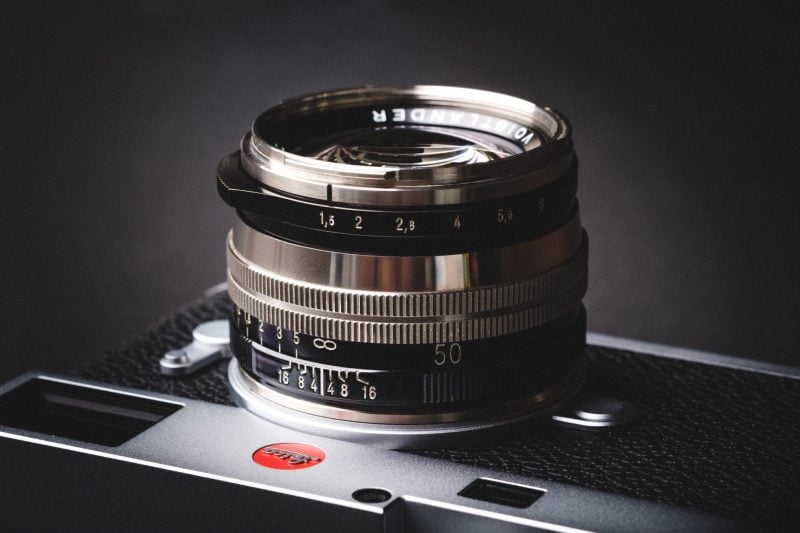
Technical Overview
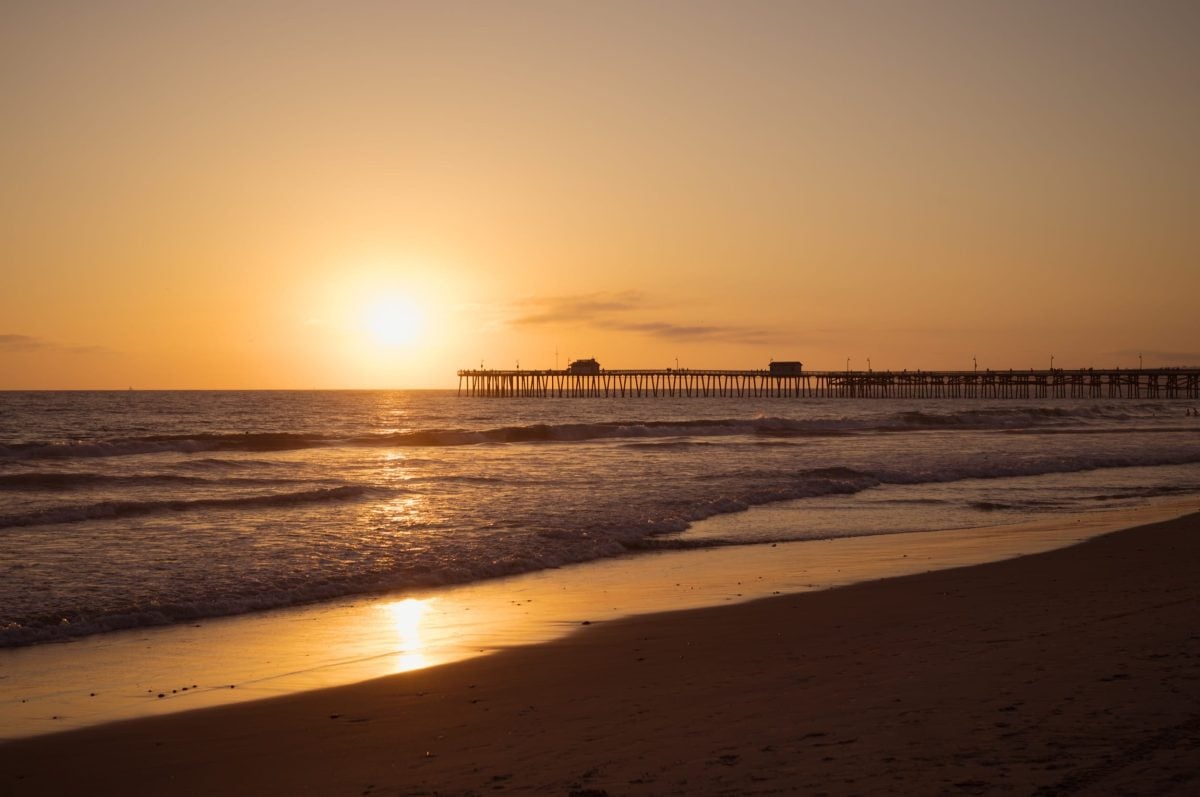
Getting a technically perfect lens from these third-party brands is near impossible and now even harder on these large megapixel cameras, since any flaw is more obvious. It really still seems like Cosina doesn’t have great tolerances with their machines or their quality control is weak, or I actually think now maybe lenses are just getting damaged in shipping. Maybe try to buy these lenses from brick-and-mortar stores in person if possible.
I’m lucky if half the lenses I get from Cosina are near perfect and I’m often sending their lenses back and trying new copies, this is the same situation with Zeiss lenses. When I got the Voigtlander 50mm f1.5 II, I first tested it on my Nikon Z6. It seemed very good on that 24MP camera, and I had no complaints. Now, upon reviewing it with the 60MP Leica M11, I can see that the right hemisphere is slightly softer than the left, but it’s really not a big deal at all – almost not worth mentioning, and it’s now gone after coming back from repair.
By the way, this is not a knock on Voigtlander, and I mention it in all my third-party lens reviews.
Center Sharpness
It’s very difficult to nail perfect focus with the Leica M11. But I did my best while shooting off the rear screen. I’ll likely need a Visoflex 2 to get it absolutely perfect.
The Voigtlander Nokton 50mm f1.5 does have a slight focus shift so I refocus for every aperture change. This is one of the advantages of the Leica 50mm f1.4 is that it has a floating element design so that the focus is fairly consistent across all apertures and focus distances.
At f1.5, we can see a lot of ghosting – I’m just slightly back-focused here, which you can see from the green aberrations, but this is about what you can expect from this lens. It’s not super sharp and fairly ghosty, wide open in bright conditions. I’m using bright LED strips here for lighting, which tends to accentuate this effect in lenses, but they’re usually a little more controlled when I shoot with my softboxes.
Stop down to f2, and it’s immediately better with the best contrast and sharpness at f5.6 on the Leica M11, which is a 61MP camera.
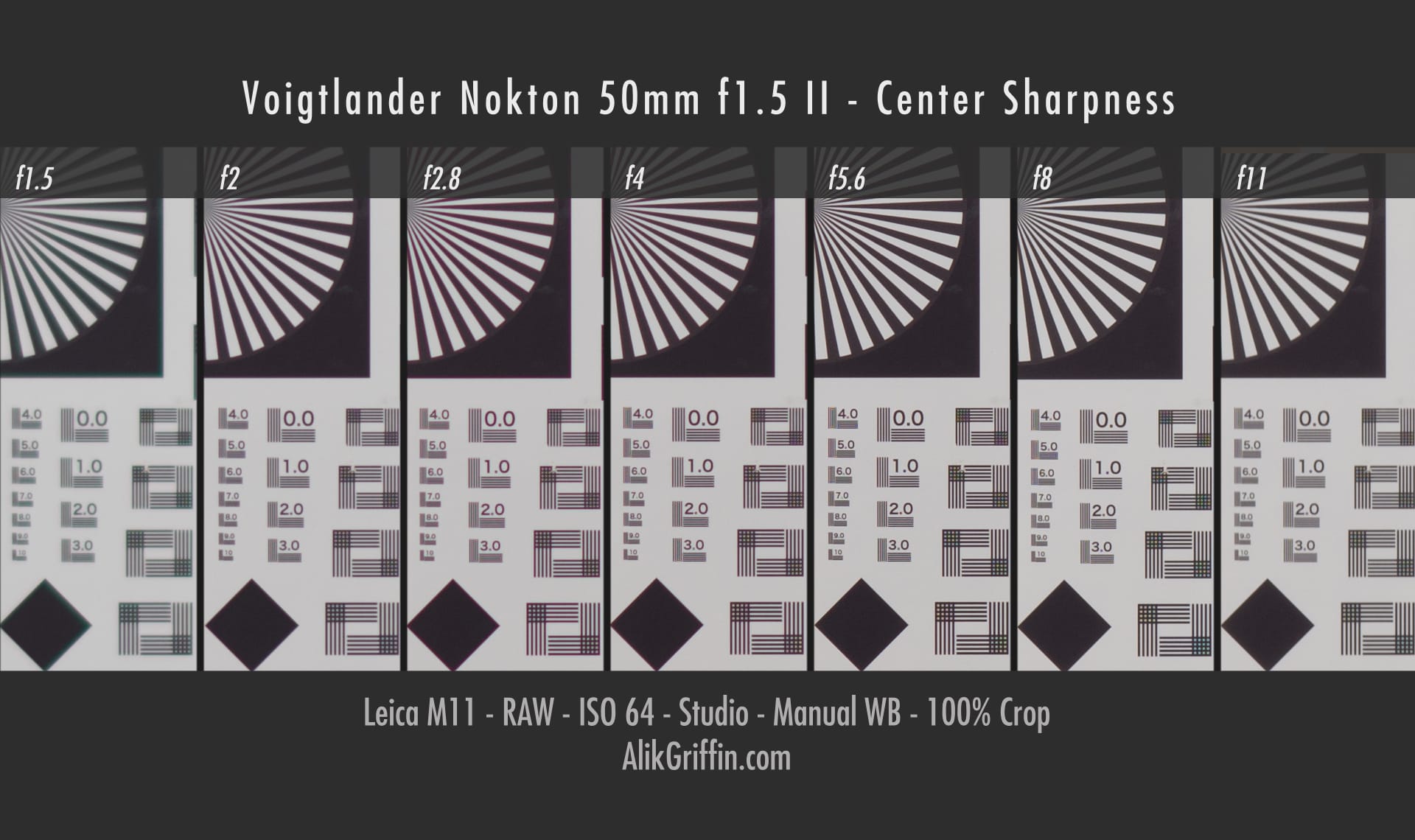
Below I shot handheld of some fabric wrapped around a tree with soft evening lighting, to give a little bit better sense of neutral lighting sharpness.
You can see at f1.5 and f2 it’s not bad at all, but look at f2.8, and you can see where the focus shifts (again I’m handheld so it’s not perfect), focus is now on the side of the tree. Lenses typically have the range finder calibrated set for the widest aperture or f1.5, so if you’re shooting at f2.8, you will need to front focus slightly. Ignore the f11 sample here where the shutter was too slow which introduced motion blur.

Midframe Sharpness
Back on the tripod in the studio, the Midframe is very good. Strangely we’re not seeing the teal and purple aberrations or the blooming as we do in the center frame.

Edge Sharpness
Edge sharpness is also surprisingly good. This will likely vary on your copy. When I first got the lens tested on the 24MP Nikon Z6, I thought I had a perfect copy, but the M11 showed that the right hemisphere of the lens lacked precision. So, I’m showing you the left edge here. Also, the issue has been resolved after the lens was repaired and cleaned.

Corner Sharpness
Not an amazing corner at f1.5, but actually for the size of this lens and considering it is an f1.5 lens, these are actually pretty good results.
You can also see the vignetting distribution across the different apertures from this chart.
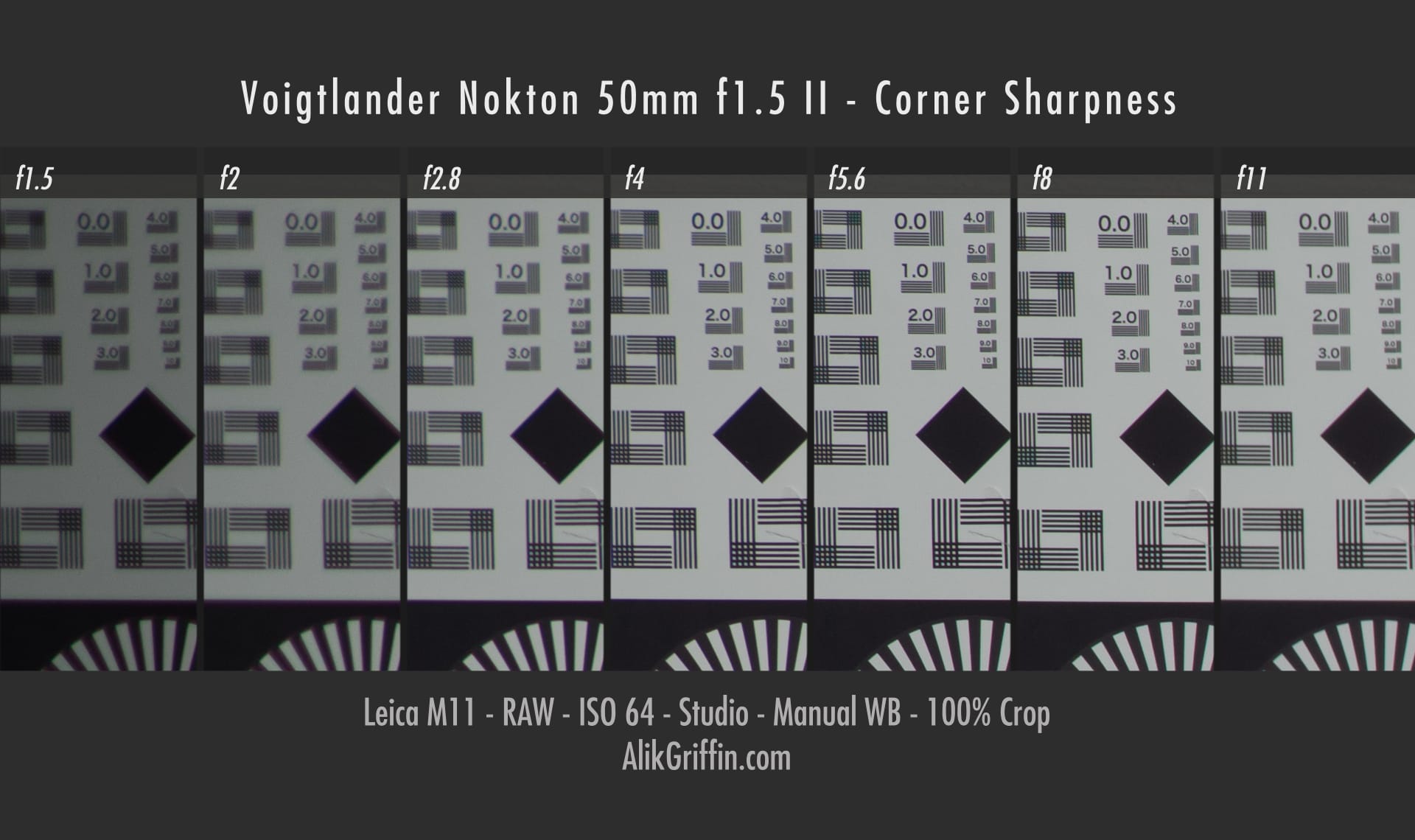
Distortion
Very subtle pincushion distortion.
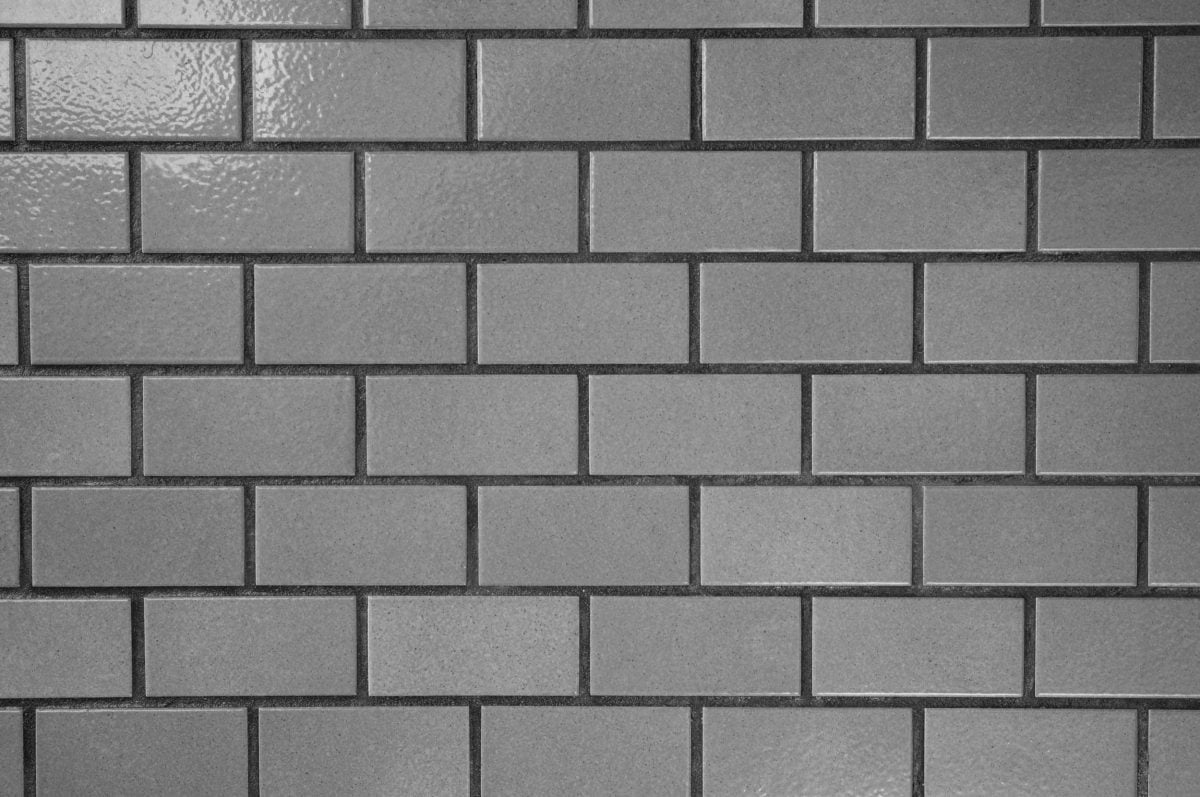
Vignetting
Fairly well-controlled vignetting. This is a shot of the sky, and you can see how the sun’s location affects the vignetting. This is at infinity focus; the camera is pointing straight up, and the sun is to the left of the frame. You’ll get a little more or less vignetting depending on what the light source is doing. Also, vignetting will change if you’re at infinity or the max close focus distance.
The vignetting control of this lens for this size at f1.5 is surprisingly well controlled.

Chromatic Aberrations
Chromatic aberrations in all its forms are one of the greater weaknesses of the lens.
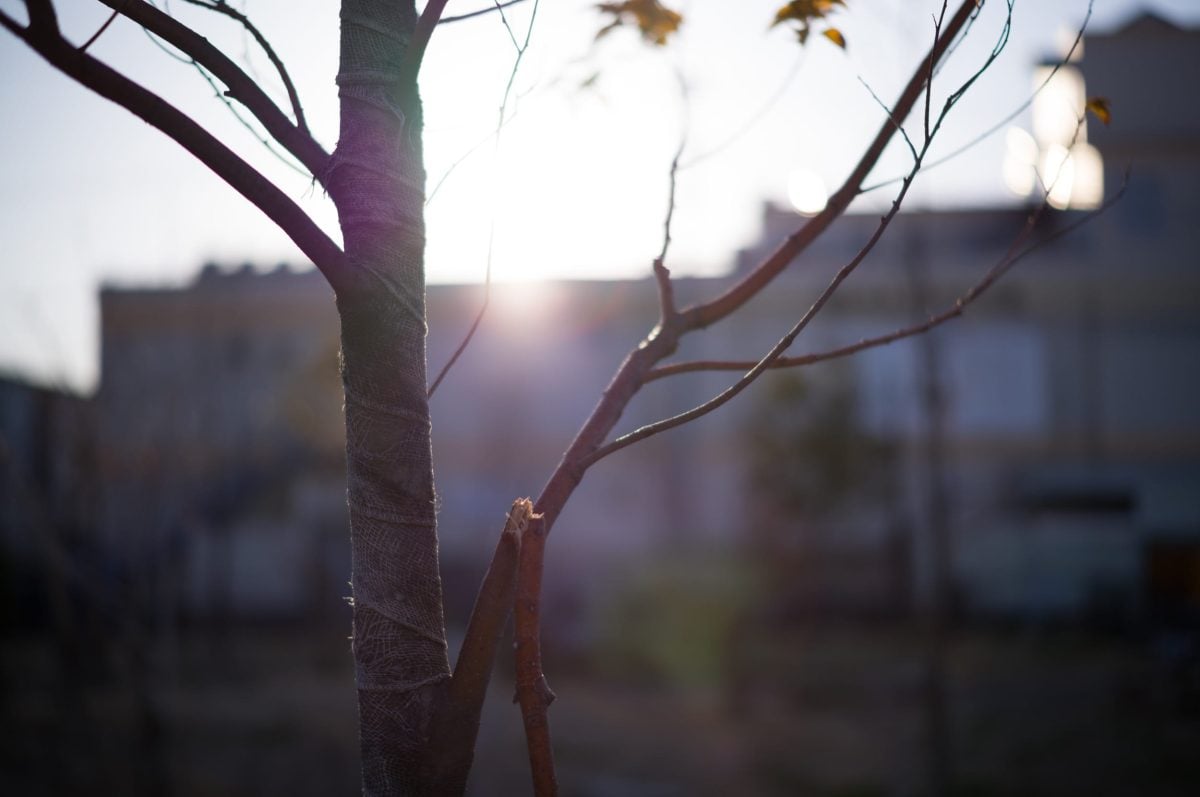
Flaring
Flaring is very well controlled. At certain angles, you can see some colored rings, but it’s fairly difficult to get the lens to produce these.
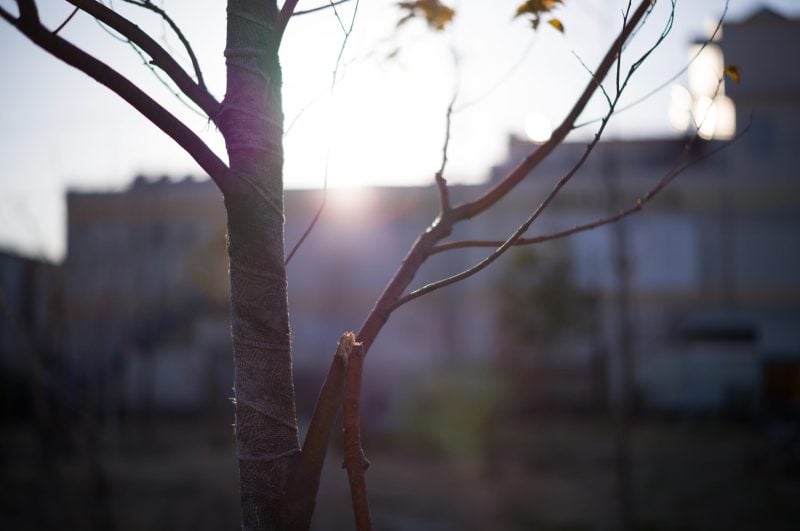
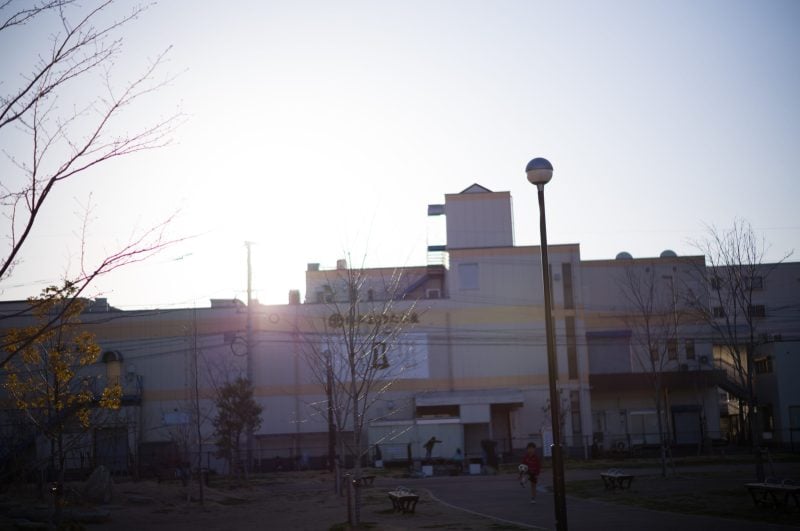
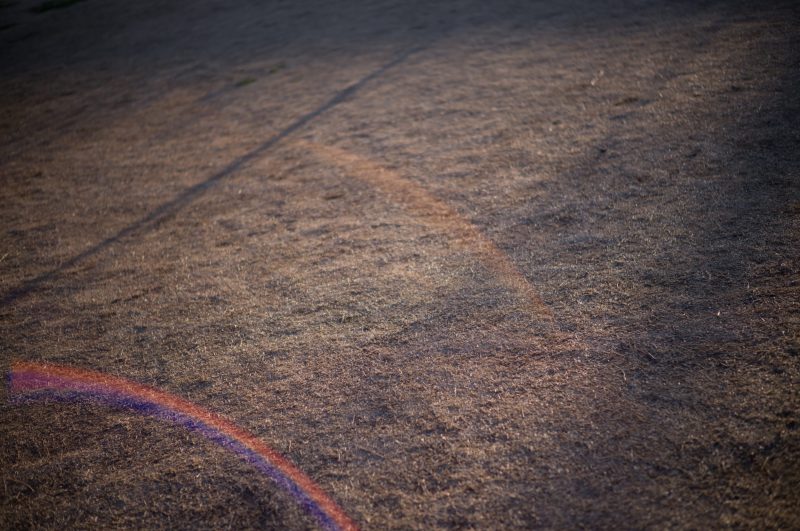
Sunstars
Suntars at f8 are not very strong compared to some of the other Voigtlander lenses.
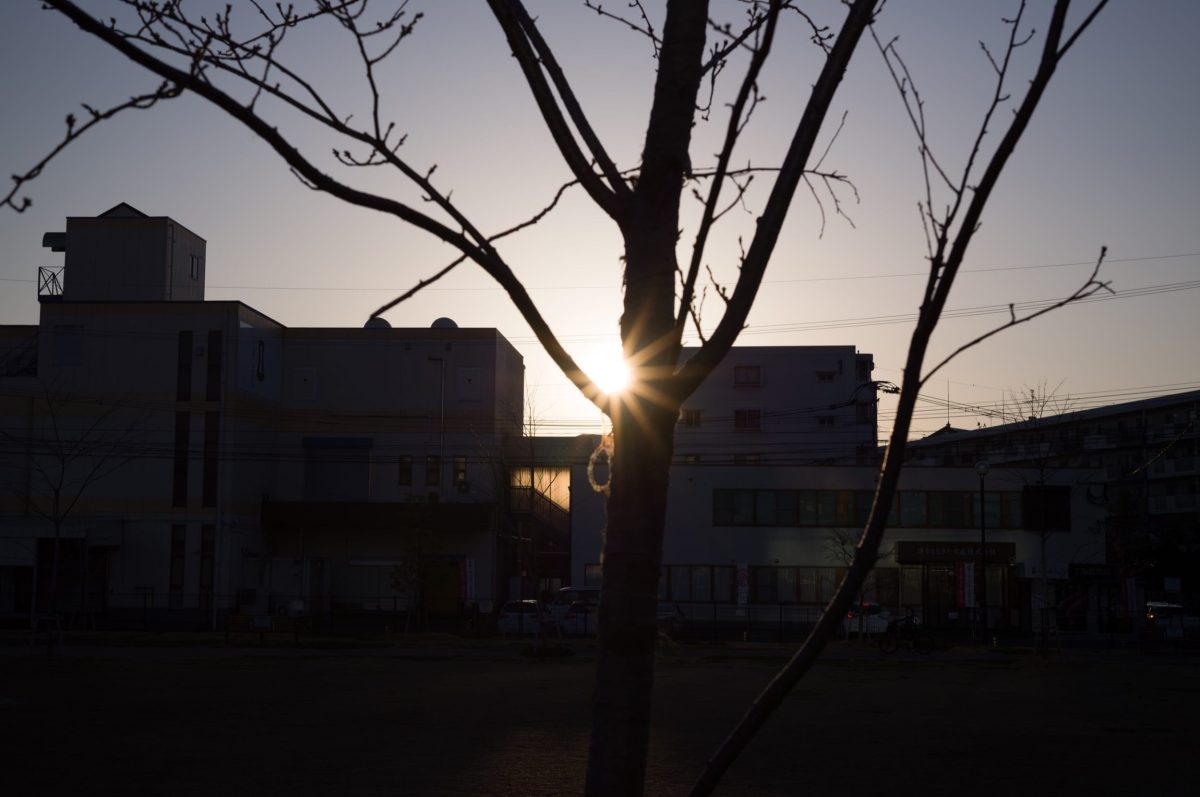
Sunstars f8
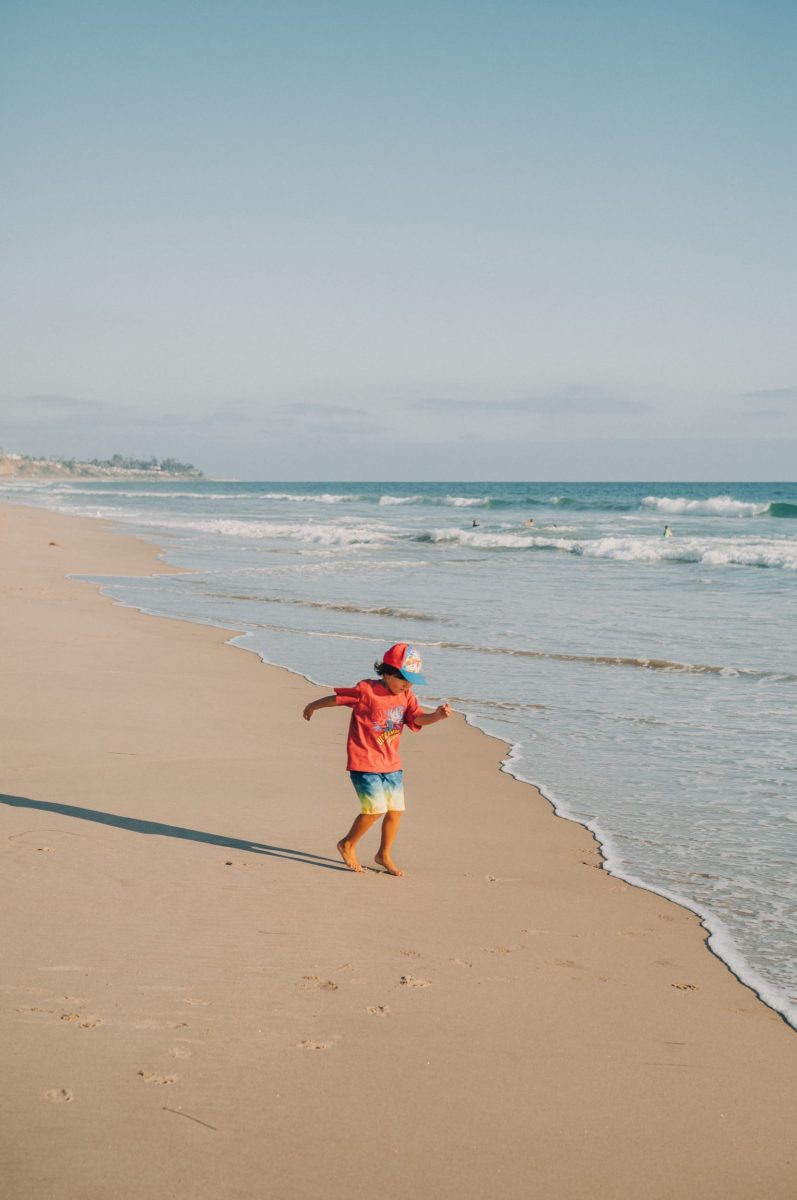
Voigtlander 50mm f1.5 II Nokton | Art & Character
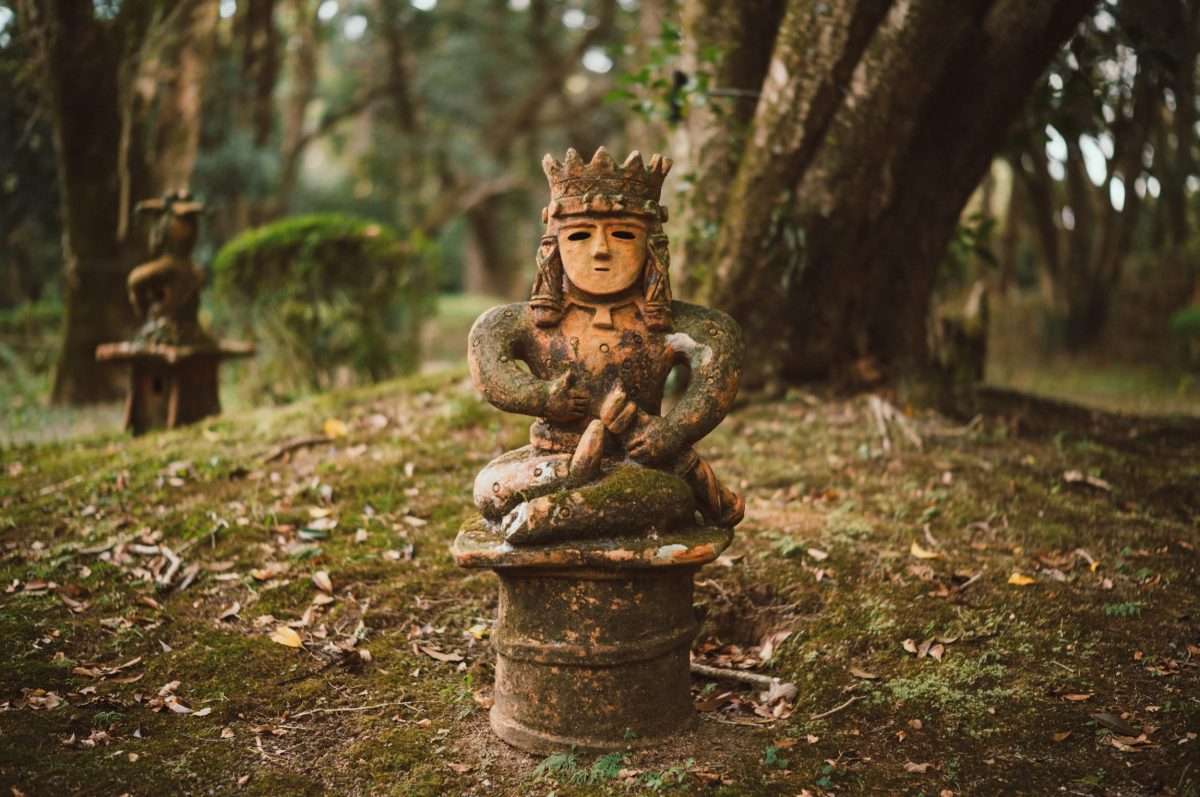
Bokeh
Bokeh, overall, it looks nice. Less chattery than something like the Zeiss 50mm f2 but more swirly.
You’ll want to avoid conditions that are too bright because it will create a lot of ghosting and edge chromatic aberrations in the high contrast of focus areas. Bokeh and overall rendering look streaky the further back the subject is, but it performs well in the full body shot to headshot range.
These samples are straight out of the camera with the Leica M11 profile. A few have a minor crop for leveling.
For APS-C shooters, you can visualize the crop factor here, where a lot of that busier swirl towards the edges will get cropped out.
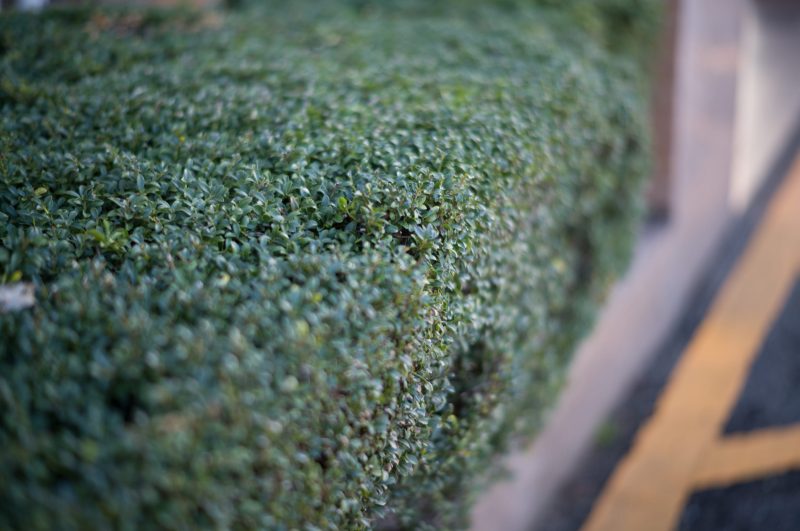
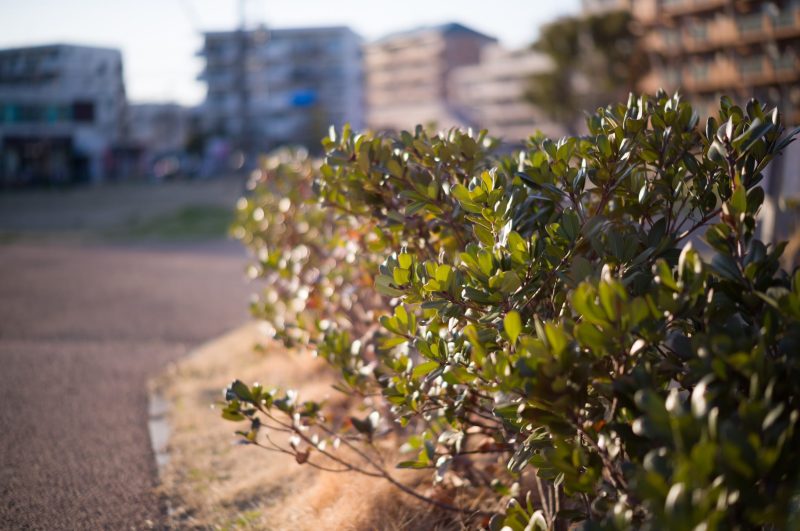
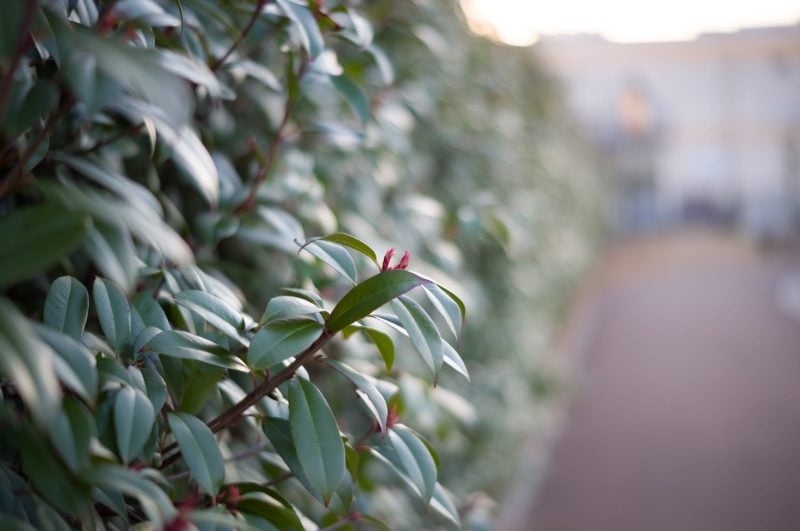
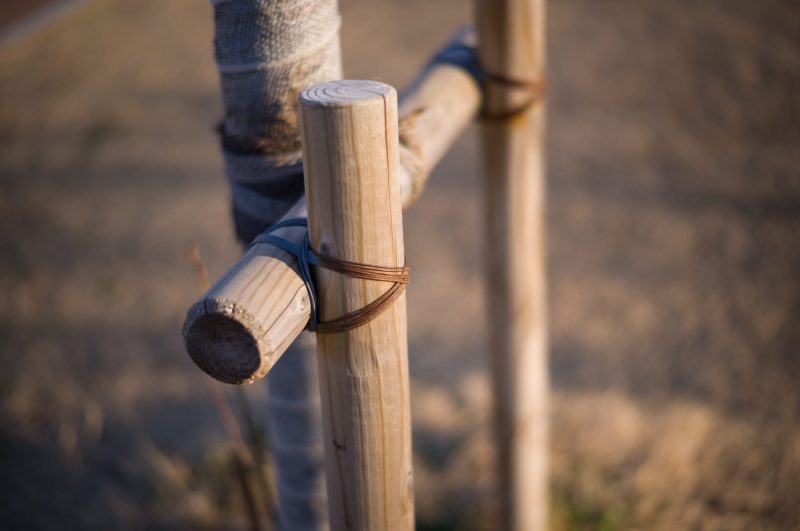
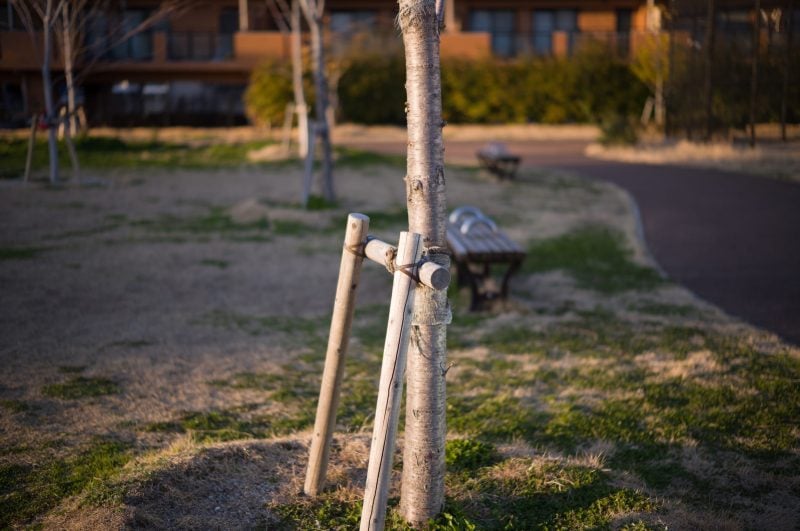
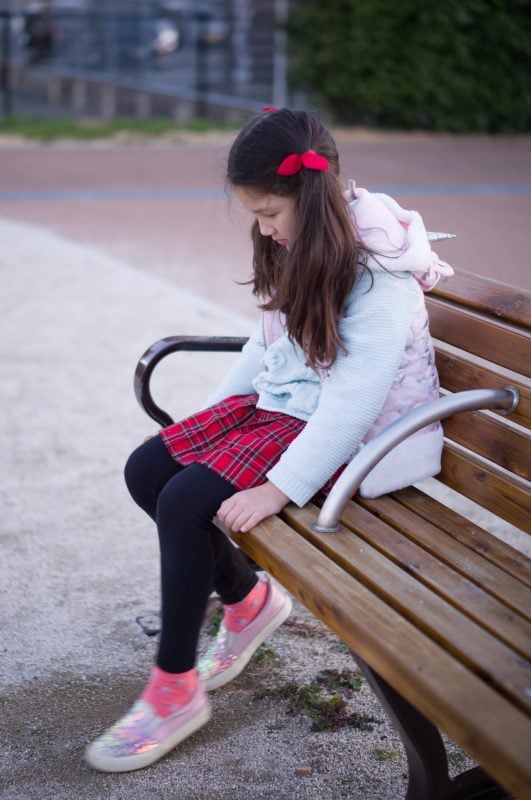
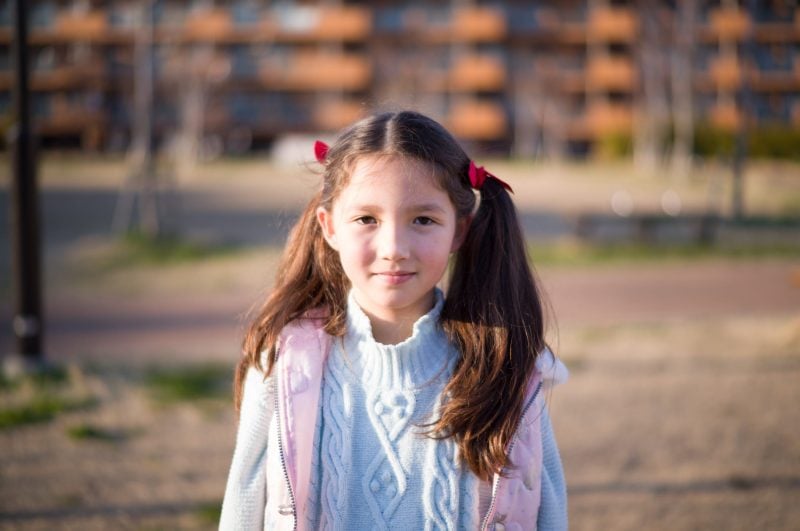
Color Rendering / Contrast / Micro Contrast
This lens has a really special and unique rendering, unlike any other lens that I have and I think Voigtlander did a very good job here with making this lens special.
When looking at micro-contrast and color pop, it’s still pretty good.
If you’re trying to figure out what micro-contrast is, it’s essentially like a signal-to-noise ratio. If you can imagine wifi or radio, it’s almost like an analog version of bit depth. Better micro-contrast will improve color and tonal textures, and you’ll especially notice it on the skin.
There is also something about this lens where I feel like it’s easier to get a film vibe. The highlights render a little softer with a mild glow to them which creates a really nice soothing look especially when you pull the highlights down with the curves. So if you want to capture a softer film look, this might be the right lens for you.
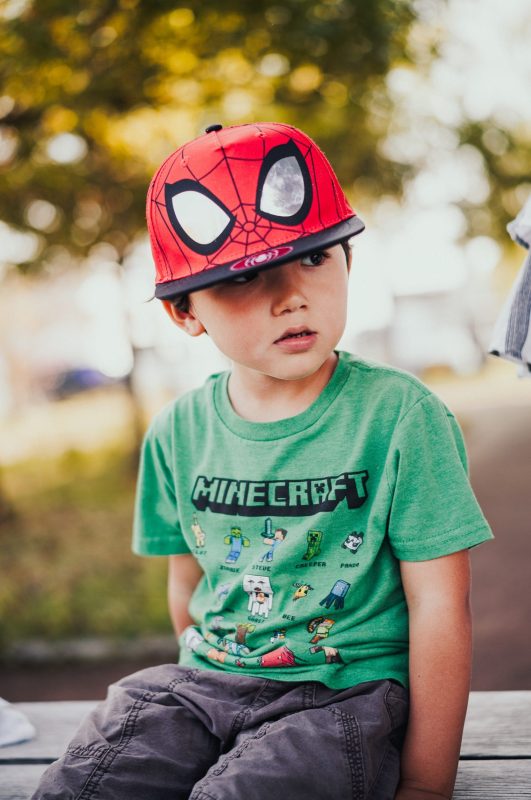
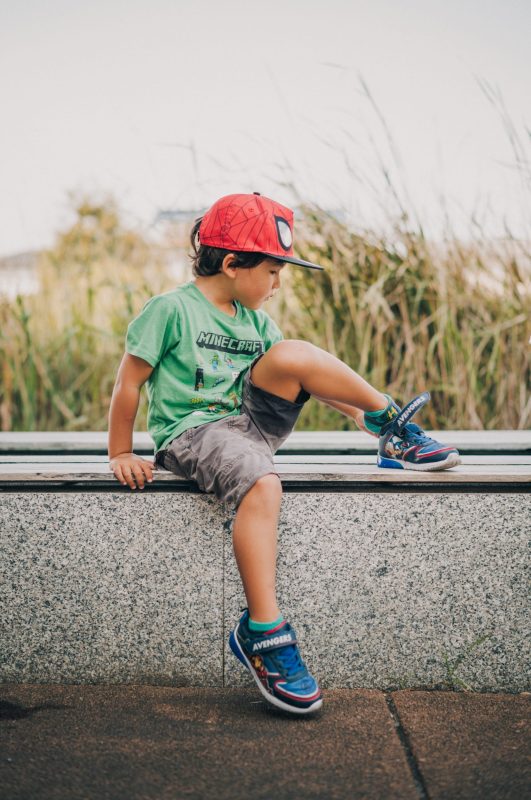
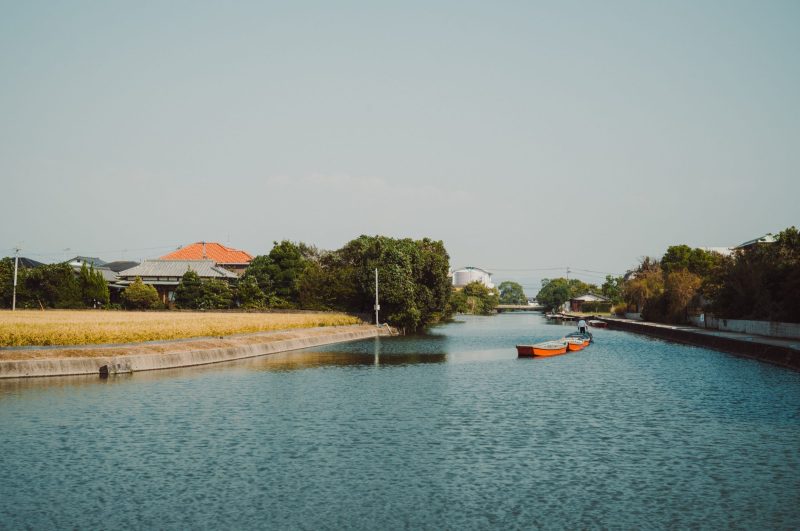
Voigtlander 50mm f1.5 II With Fujifilm APS-C
I think a lot of these compact M-mount lenses are much nicer on some of the APS-C cameras. I think the designers push these lenses a little too hard to force compactness so as not to block the range finder. This means you end up with a lot of issues outside the center and midframe areas, especially with the bokeh. With APS-C cameras, you end up only seeing the best part of the lens, and often, just a decent lens on full frame becomes an incredible lens on APS-C.
I don’t want to go as far as saying this lens is incredible on an APS-C body because it is a little soft at f1.5 still, but the crop factor turns this lens into a 75mm f1.5, and on a Fujifilm body, this makes it pretty amazing portrait lens, where a little softness is welcome. On full frame, the bokeh gets a little strange towards the outer edges of the frame, but again, on APS-C, we don’t see this.
So on the full frame body, where I’m not fully in love with the concept of this lens (50mm f1.5 lens that’s a little too soft wide open with a pretty bad focus shift for M shooters), on APS-C, I think it’s a great lens, especially for portrait shooters and especially where f1.5 is a little more useful since APS-C cameras struggle a little more in lower light situations. And with Fujifilm, I would be reaching for this lens more than the Zeiss Planar 50mm f2 or Kipon 50mm f2.4 because of the faster f1.5 aperture at a crop factor of 75mm.
Voigtlander f1.5 II Samples With Fujifilm X-T3

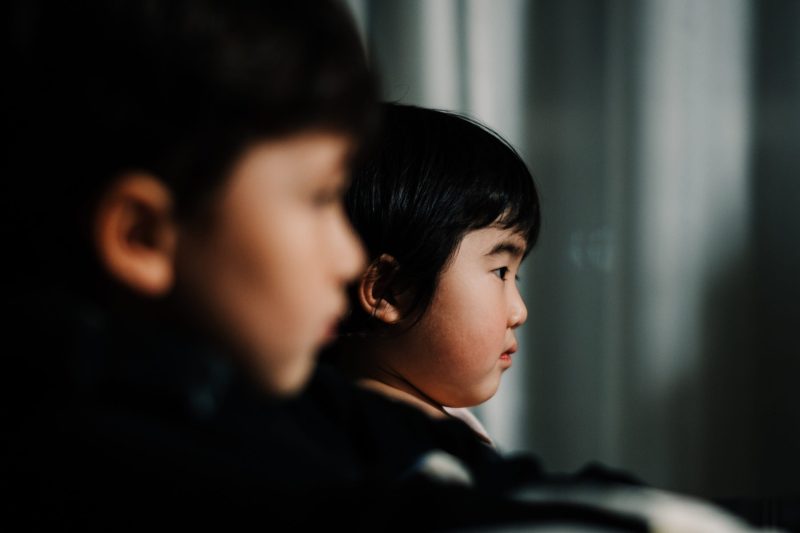
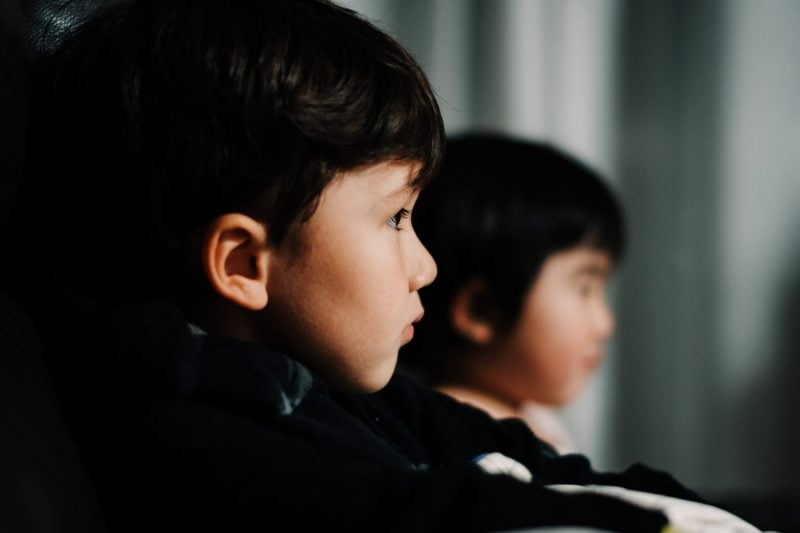

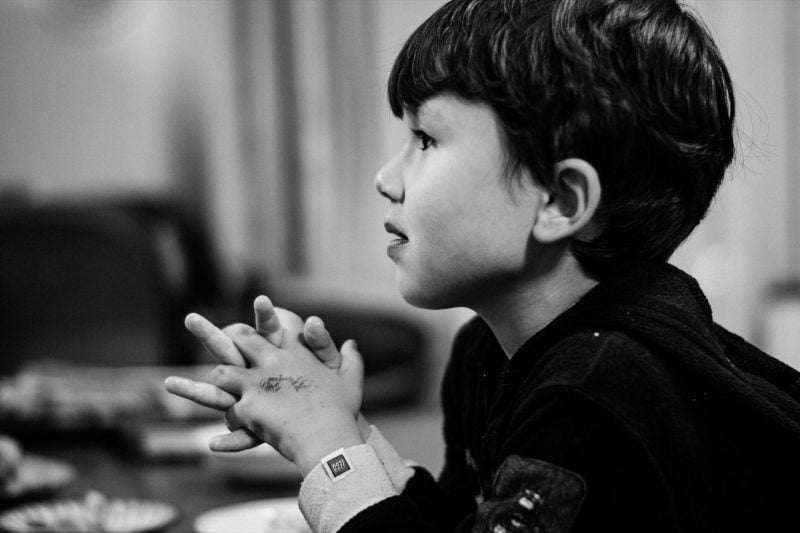
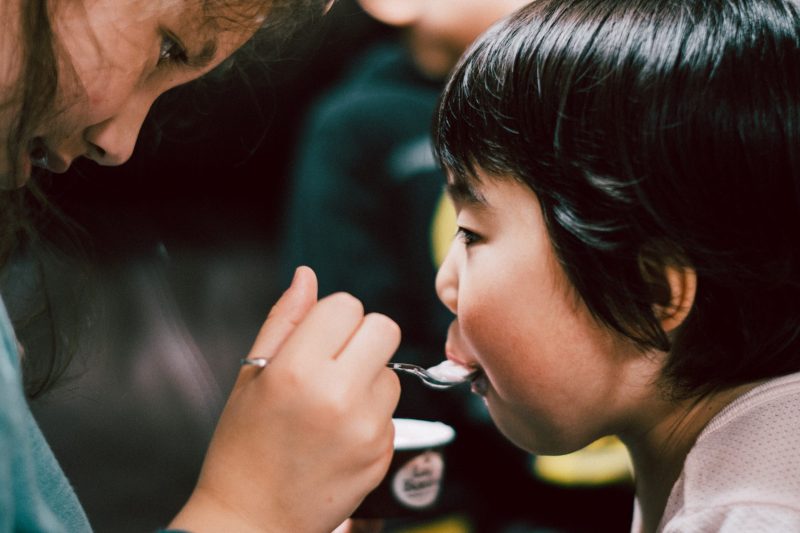
Voigtlander 50mm f1.5 II Bottom Line
In my opinion, while it’s a nice small lens, it’s more of a specialty lens and works best for those who require a compact option for low-light photography. It doesn’t provide great sharpness at wide apertures and exhibits a significant focus shift when using a rangefinder, which means you need to be cautious at f2.8, where the depth of field remains shallow.
Overall, I find it well-suited for softer portrait shots, and even when stopped down, it delivers a pleasing bokeh and rendering with a dreamy, glowing feel.
You can’t simply purchase this lens and expect it to perform similarly to the Zeiss Planar f2 or the Kipon Iberit 50mm f2.4 at their maximum apertures because they each offer very distinct looks. Personally, I like the Voigtlander 50mm f1.5 II for its enchanting rendering and gentle highlights, the Zeiss for its pop and vibrancy, and the Kipon for its elevated micro-contrast and vintage glow.
On APS-C, I do prefer this lens to the Zeiss 50 f2 or Kipon 50mm f2.4 because of the faster aperture which is a lot more useful on APS-C sensors. I also like the 75mm crop a little more for the way this lens performs at f1.5. I think for portrait lenses a little softness helps with skin tones and blending the colors.
I don’t have any Leica lenses to compare it to yet, but the Leica 50mm f1.4 uses a floating element, so it doesn’t have that focus shift problem, which is a pretty significant advantage.
For serious M-mount portrait photography, there is really nothing better than the Voigtlander 75mm f1.5 right now, so that puts this 50mm f1.5 lens into a very specialty niche area of being a magical, tiny 50mm, and it’s cool, I like it, but I like it even more on APS-C bodies.
Voigtlander 50mm f1.5 II Nokton: Amazon / B&H
Compared To Other Lenses
Zeiss Planar 50mm f2 – A very different lens, the Zeiss has a much punchier rendering for a little bit more of a grittier feel, which I like more for black and white photography. The Zeiss is looking a hair sharper in the center than this Voigtlander, even at matching apertures but the Voigtlander beats it with edge-to-edge and corner-to-corner sharpness due to that aspherical element. Zeiss bokeh can get a little chatty where, as the Voigtlander bokeh has more cat’s eye effect with a more streaky swirl. Both are solid options, portrait photographers will probably appreciate this Voigtlander a little more, but incidental street shooters might like the punchiness of the Zeiss more.
Kipon 50mm f2 – The Kipon has a lot of the same qualities as the Zeiss, except less distortion, more flaring, and a little nicer bokeh. Of all the M lenses in this price range, this would give you the most character but has a few more technical issues compared to the Zeiss 50mm f2.
Leica Summicron 50mm f2 – While I don’t have this lens yet, it should behave very similar to the Zeiss except with Leica coatings, which will give a different contrast and color than the Zeiss.
Leica APO Summicron 50mm f2 – Also don’t have this lens, but it’s loaded with modern upgrades, featuring an aspherical element and high refractive elements to nearly eliminate field curvature and chromatic aberrations. It takes a lot more elements to do this and show slightly less micro-contrast and color fidelity since some of the modern exotic elements are polymers instead of glass which has a different influence on the light.
Leica Summilux 50mm f1.4—This lens uses a floating element for consistent focus throughout the whole focus range, and it should show better control of the focus shift from f1.5 to f2.8 that we see on the Voigtlander.
Voigtlander 50mm f1.5 II Sample Images
Voigtlander 50mm f1.5 II Nokton: Amazon / B&H
I use my Core Color Prests to color these images. B&W are colored with Ono B&W Presets. These are my presets that I continue to update every year with different styles and improvements. If you order them, be sure to remember your login information, and you can grab updates when they roll out.
Samples are shot on the Leica M11 and Nikon Z6.


